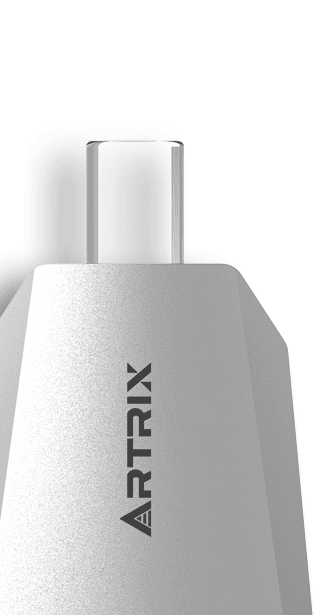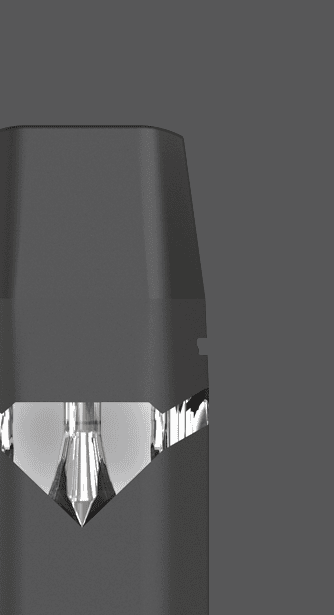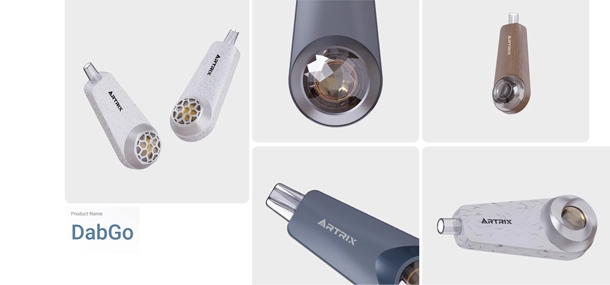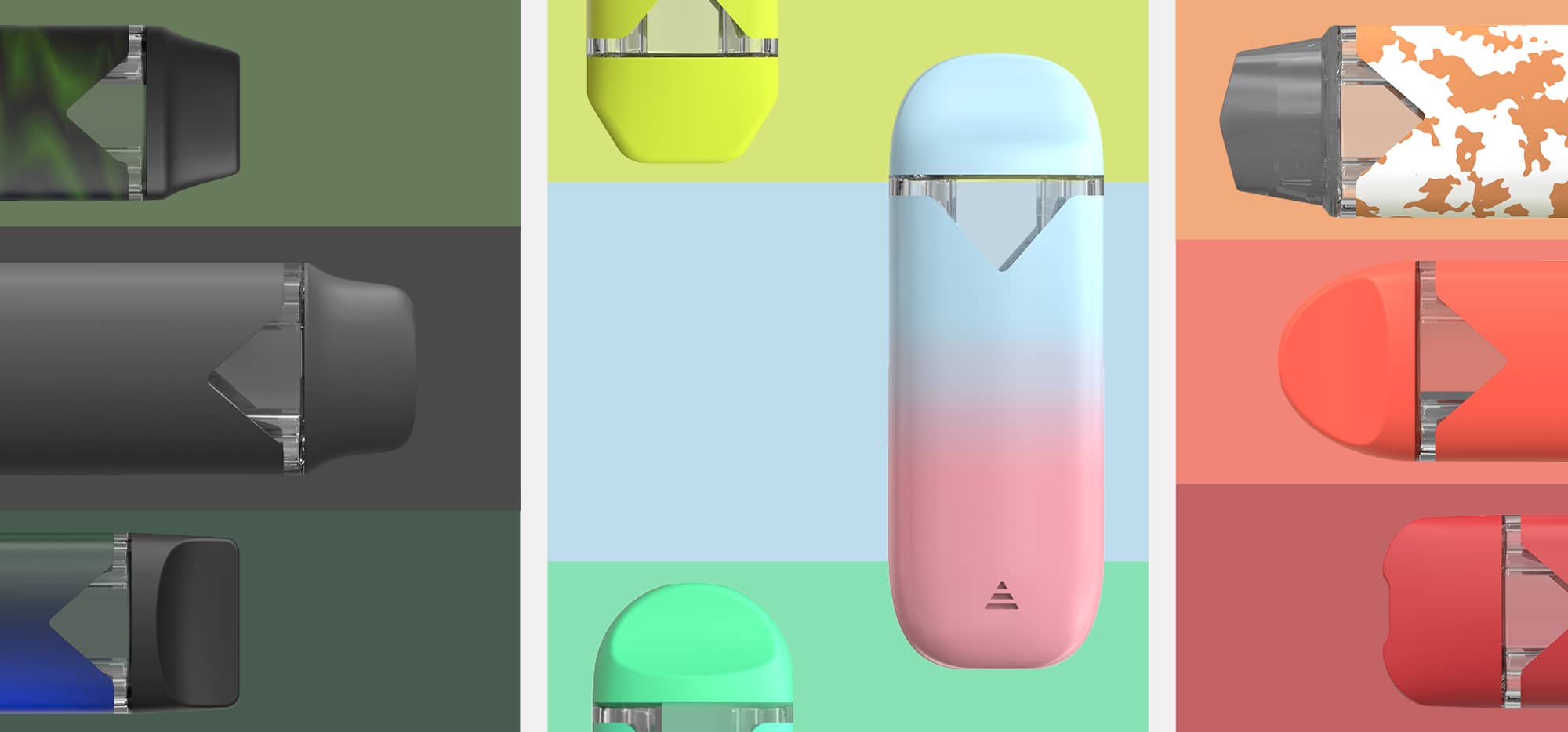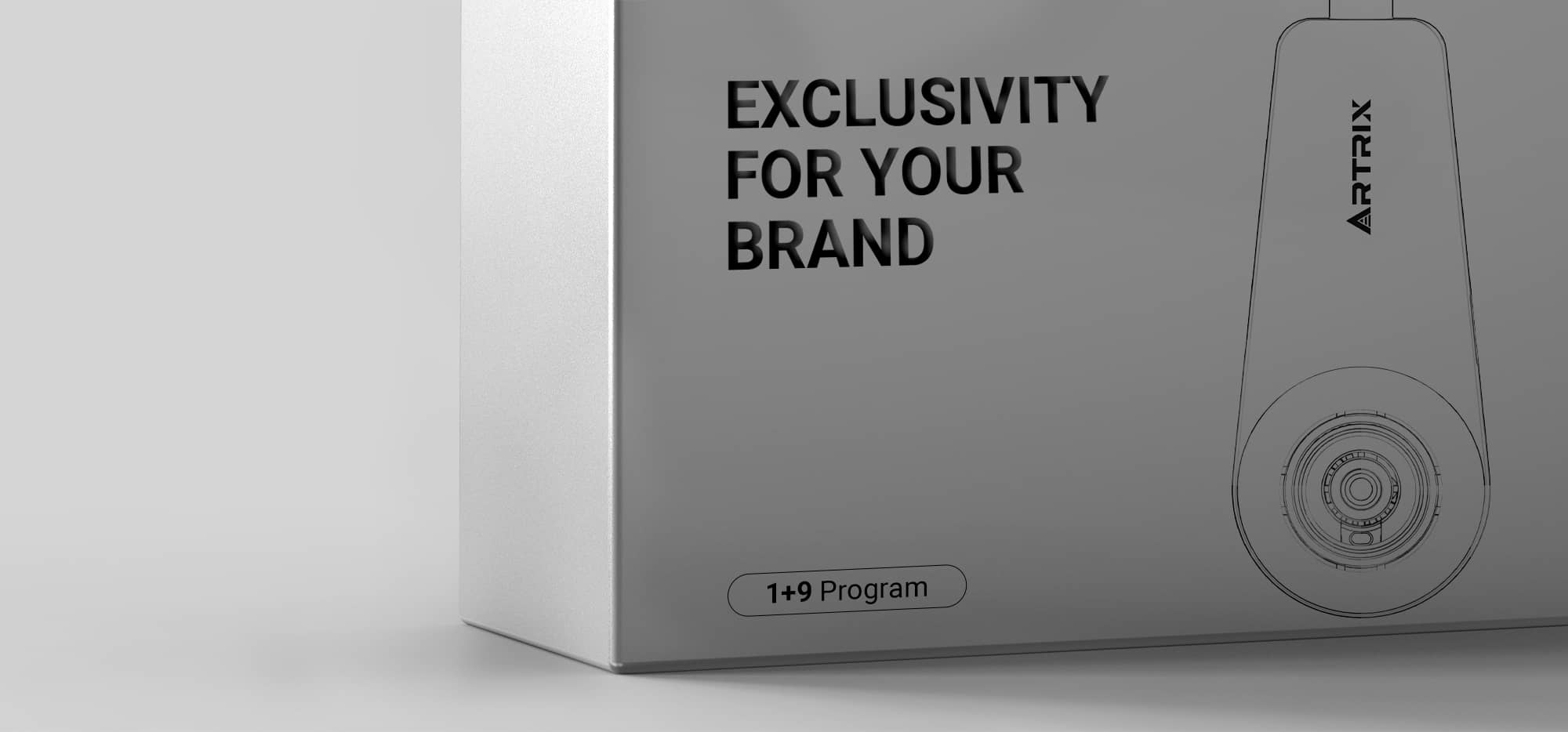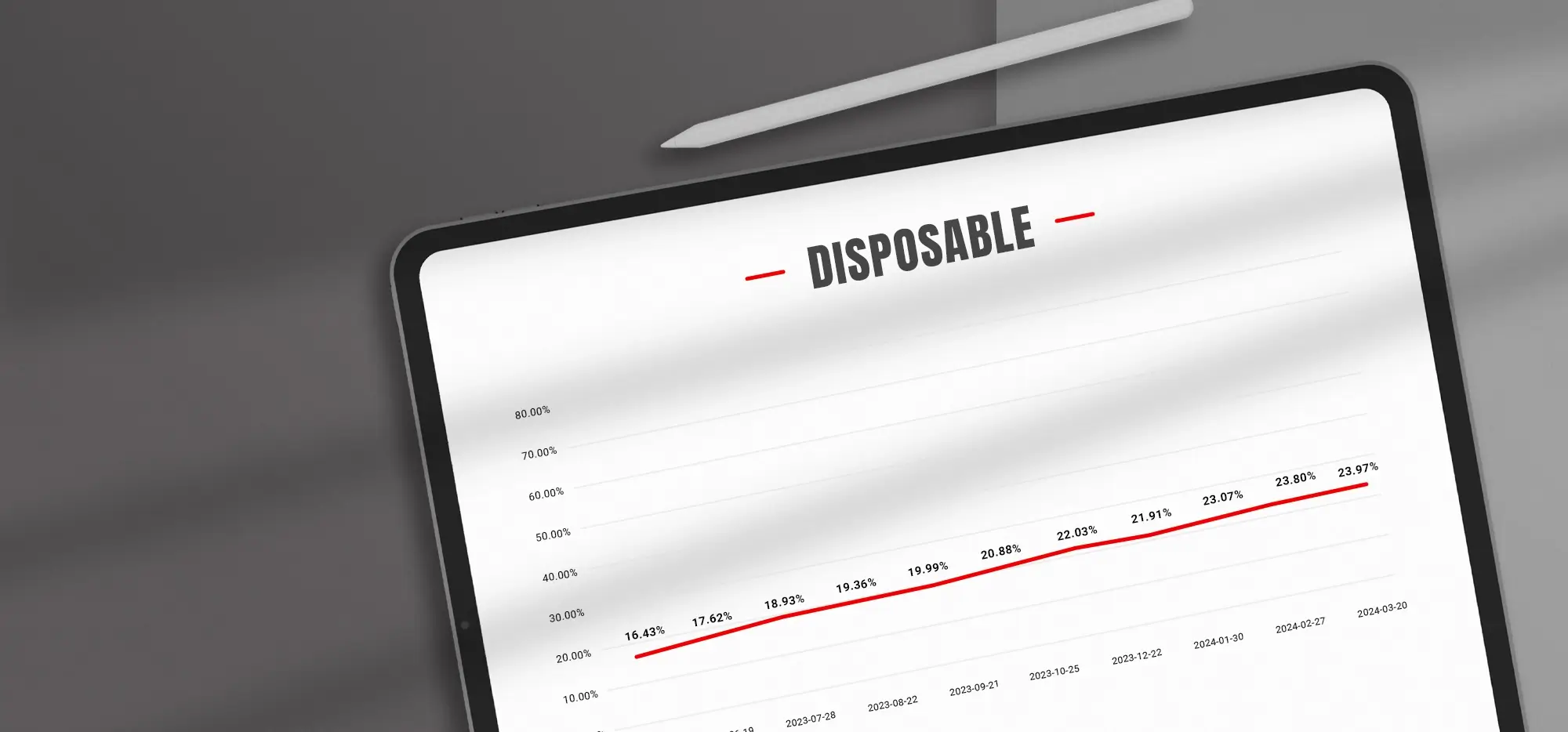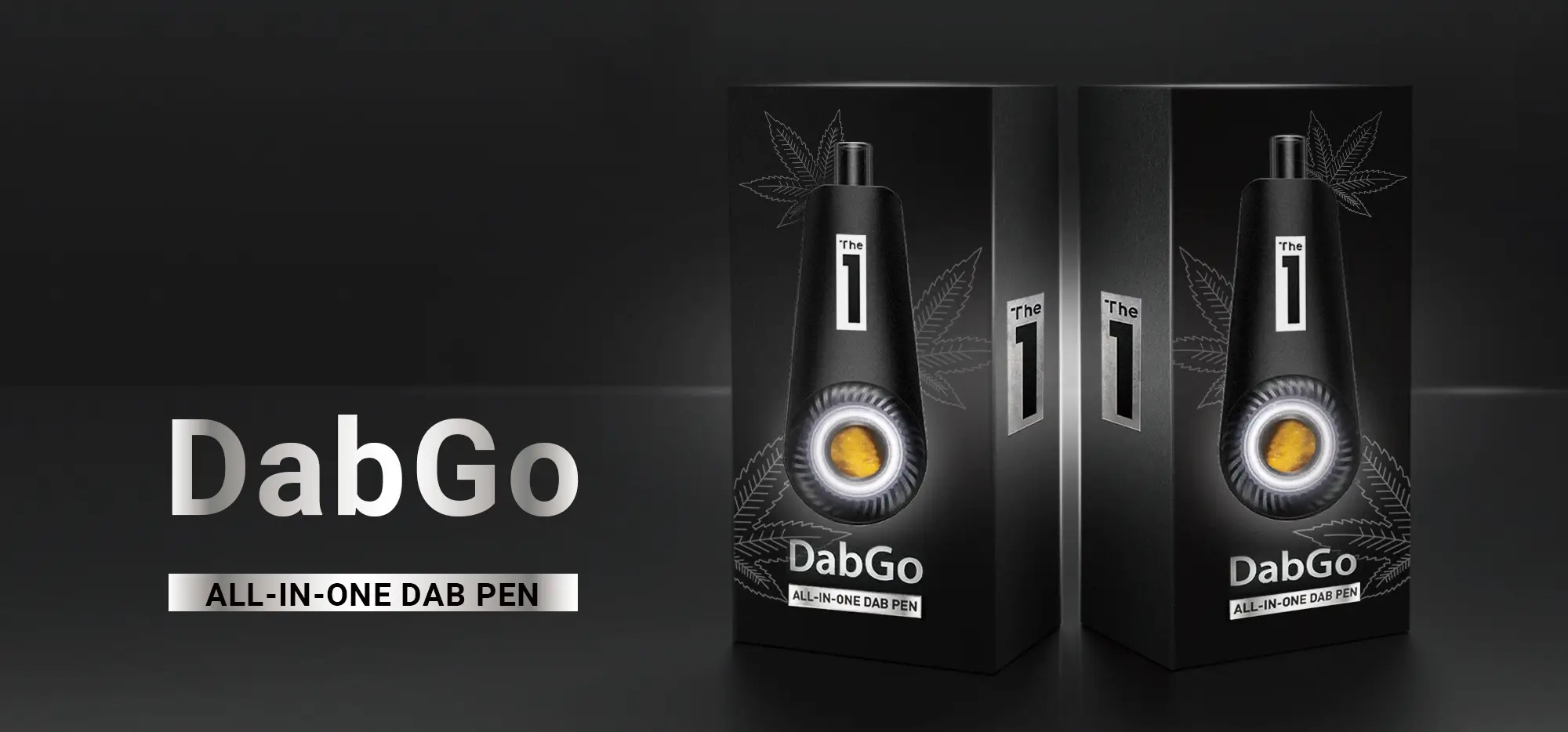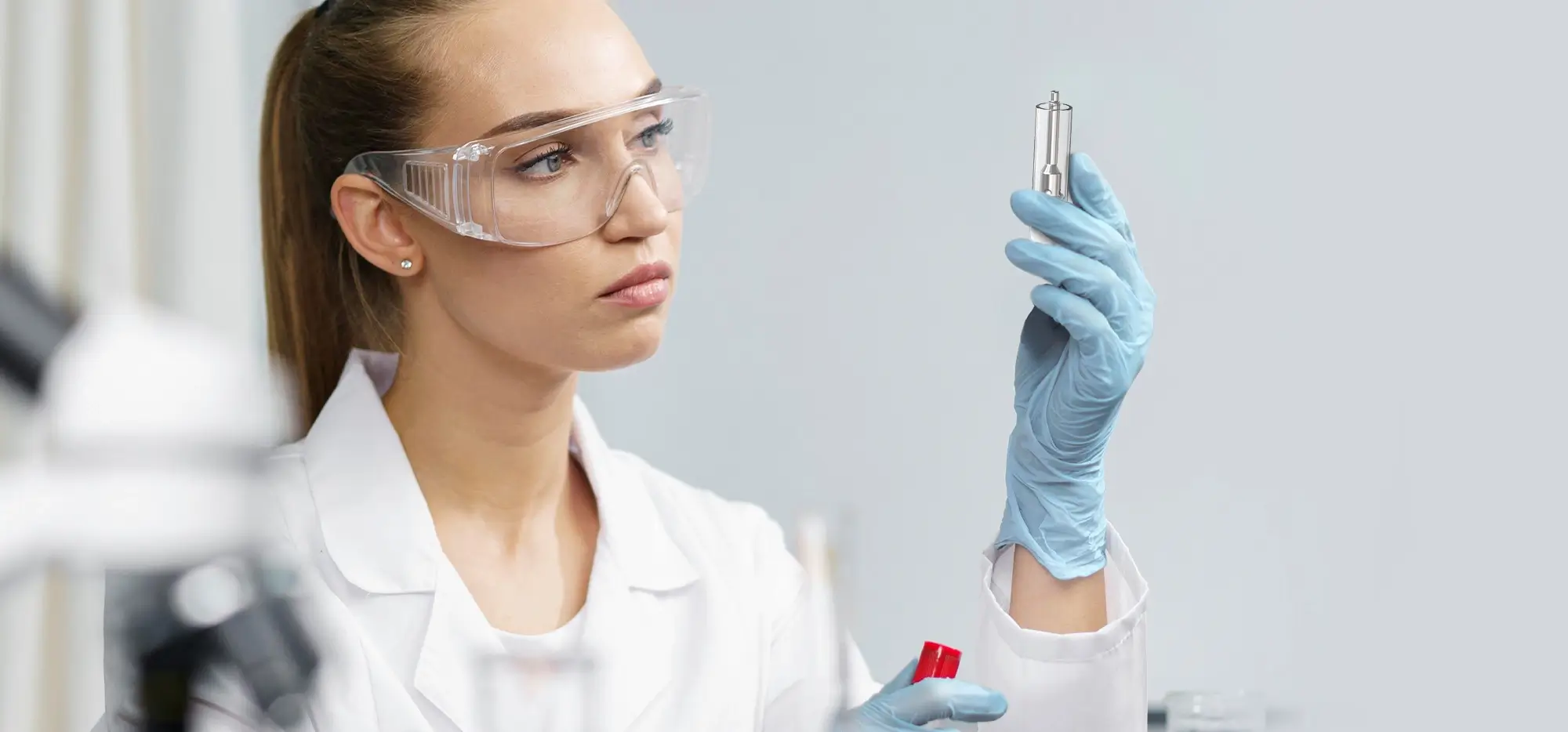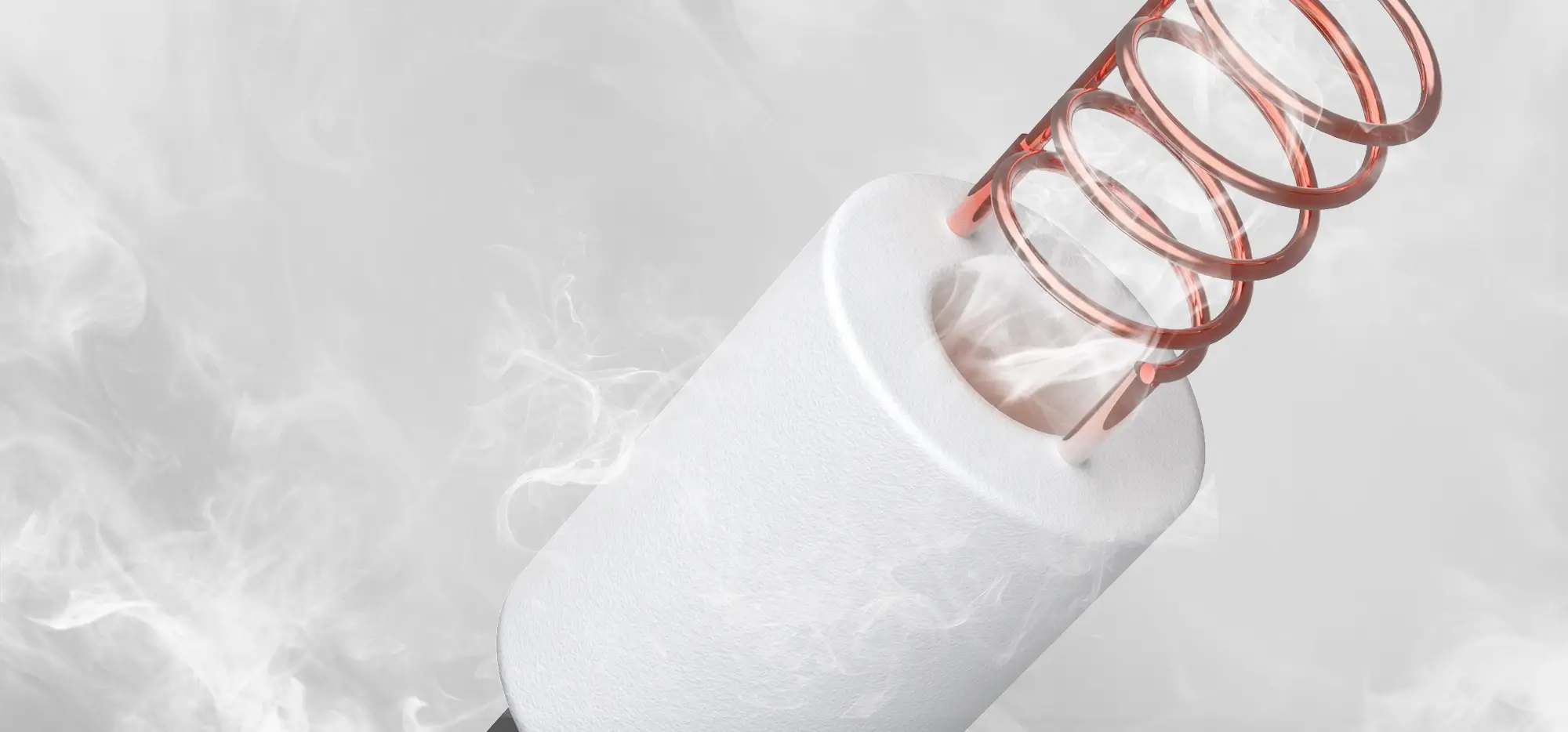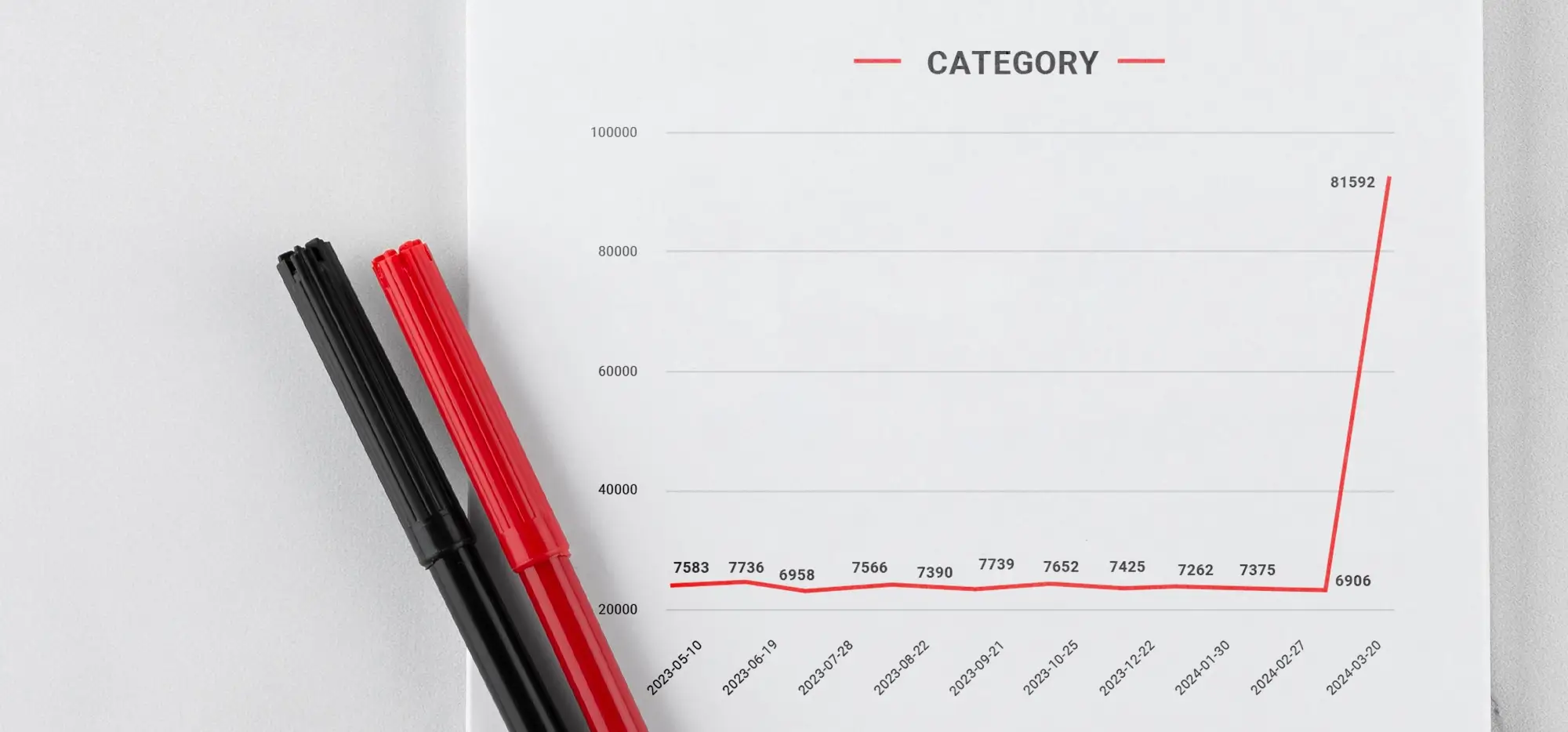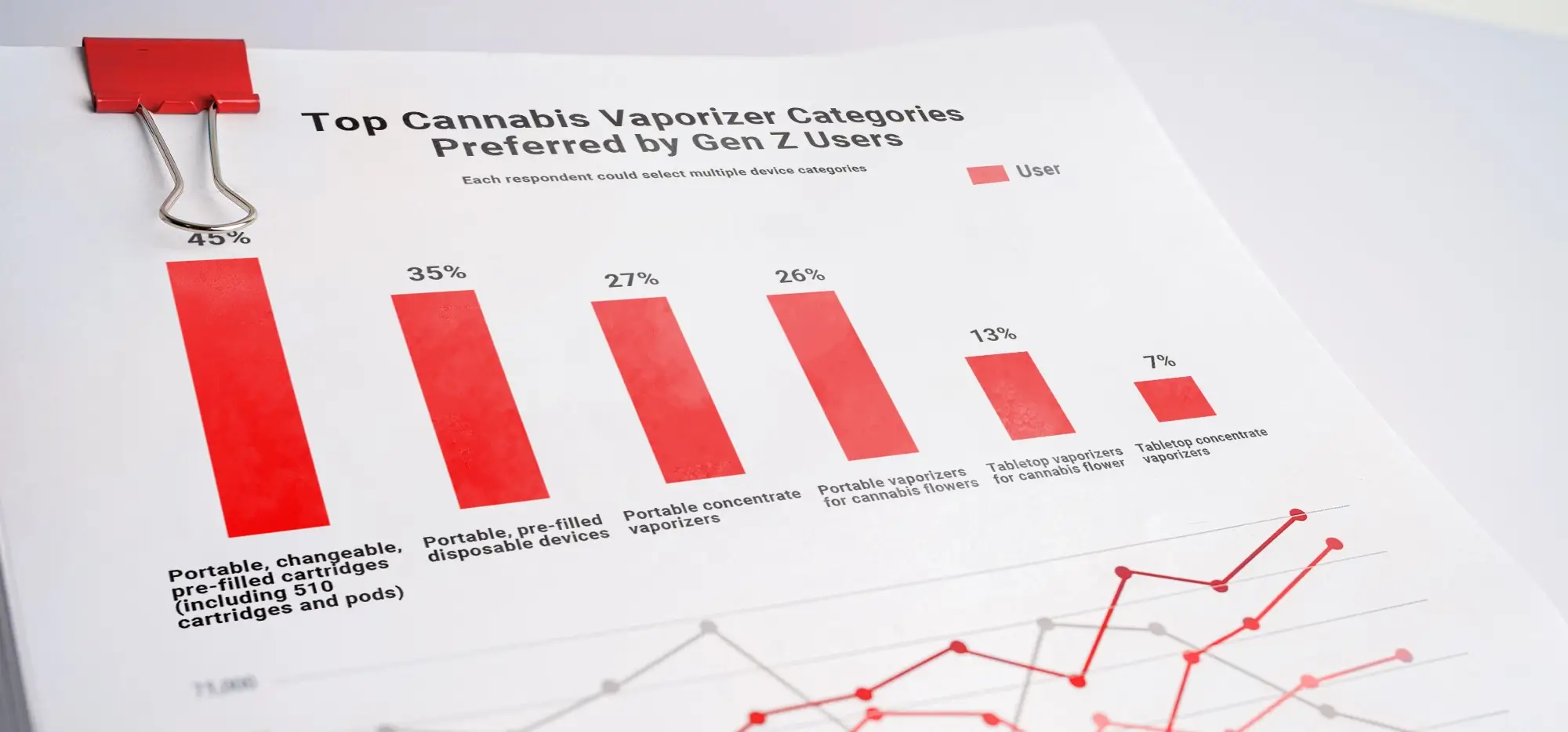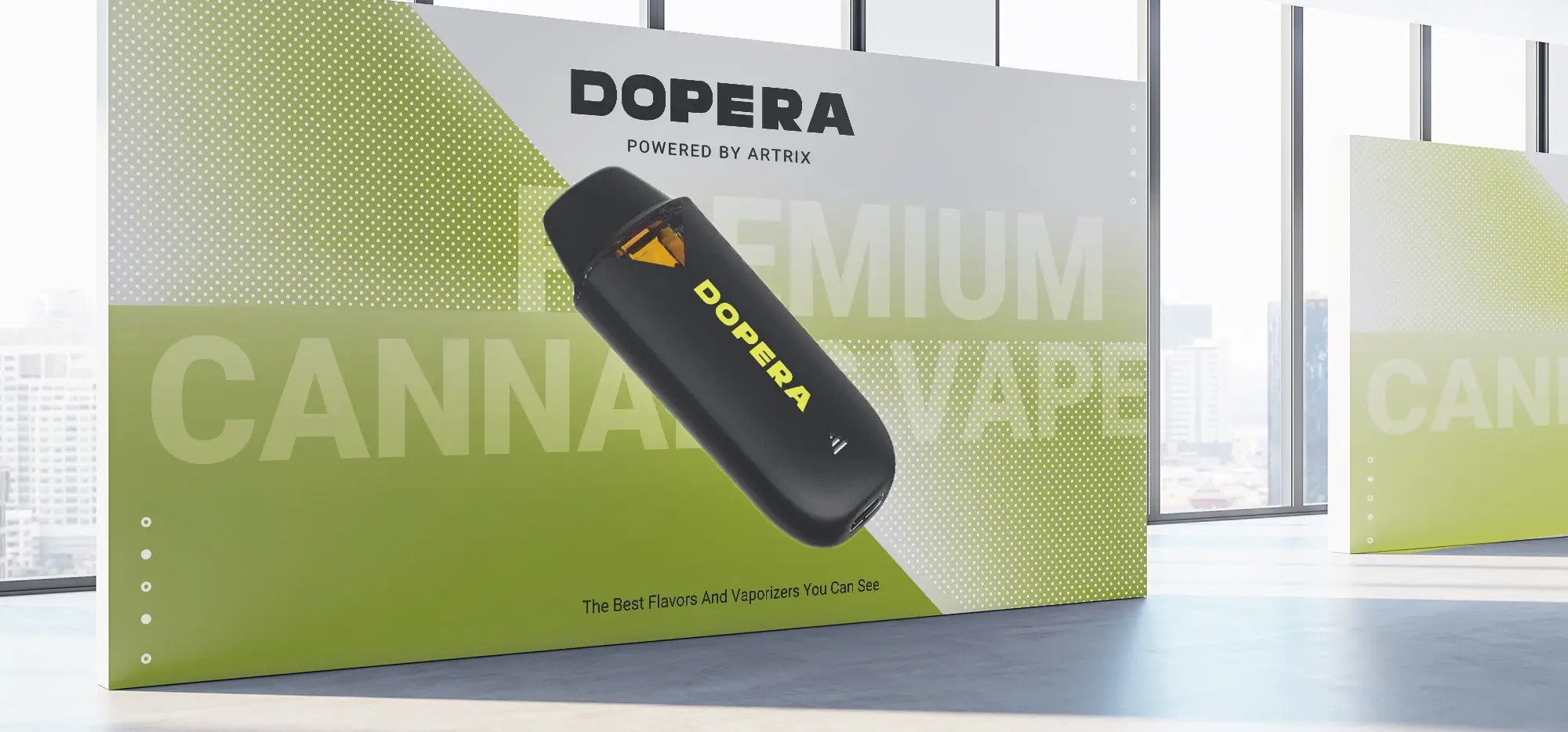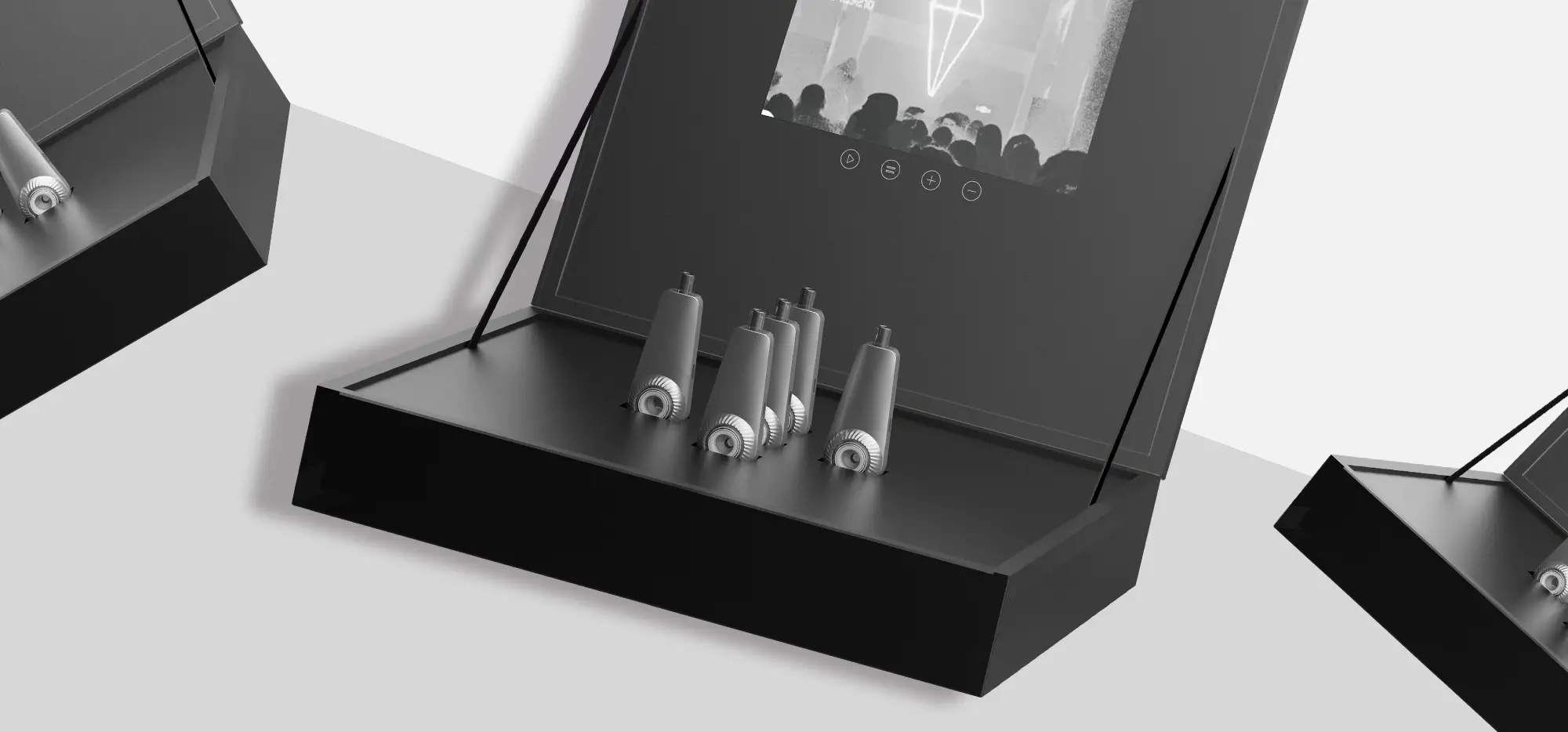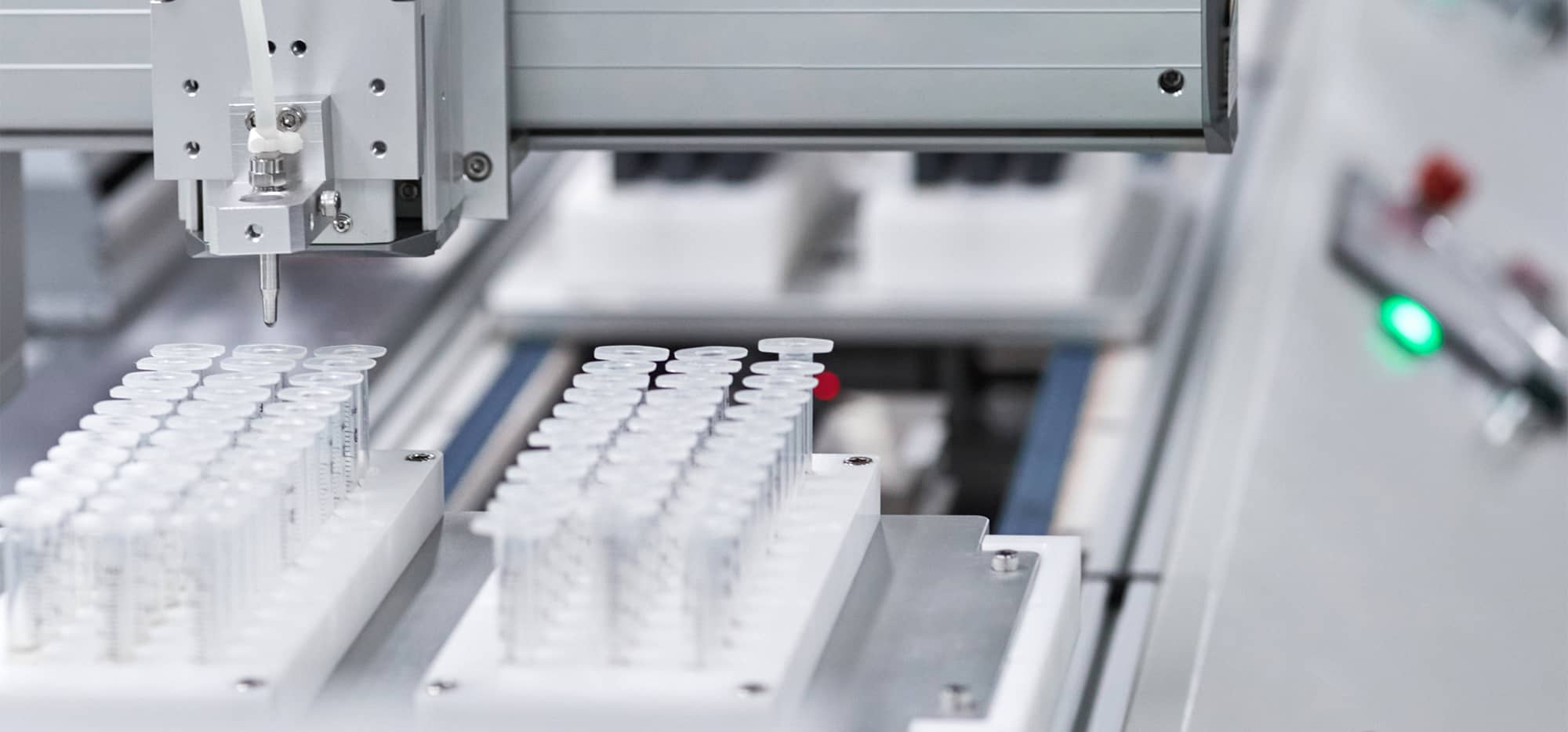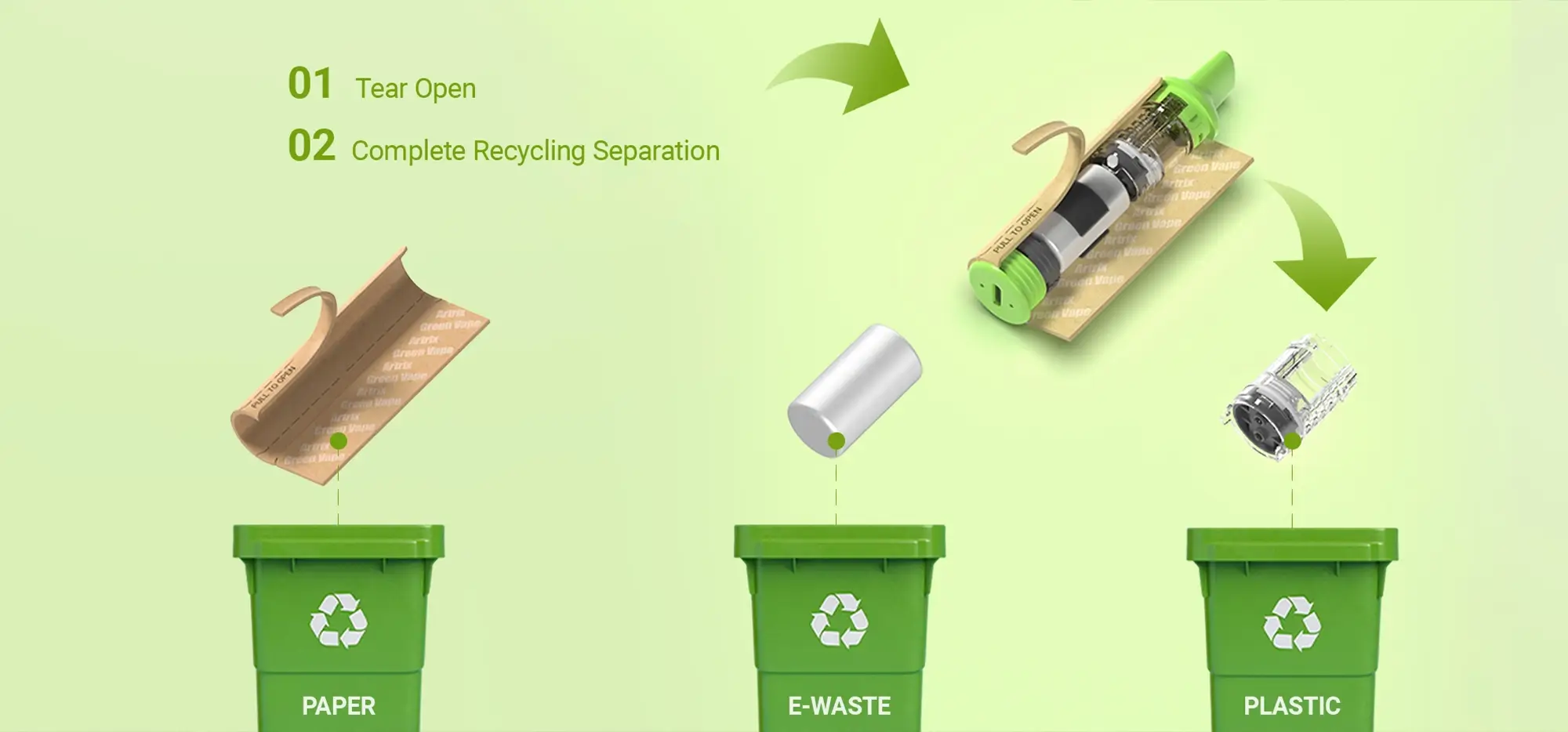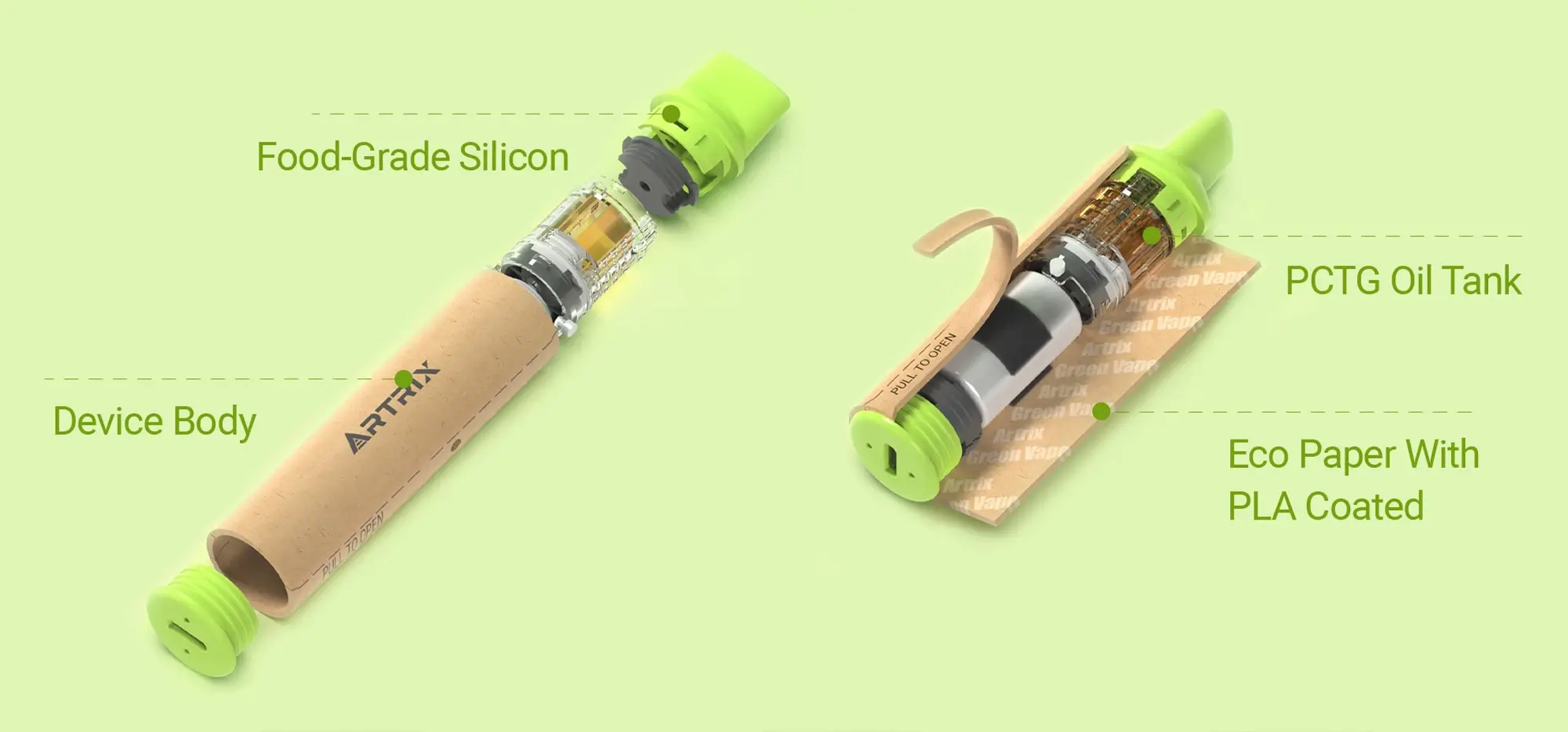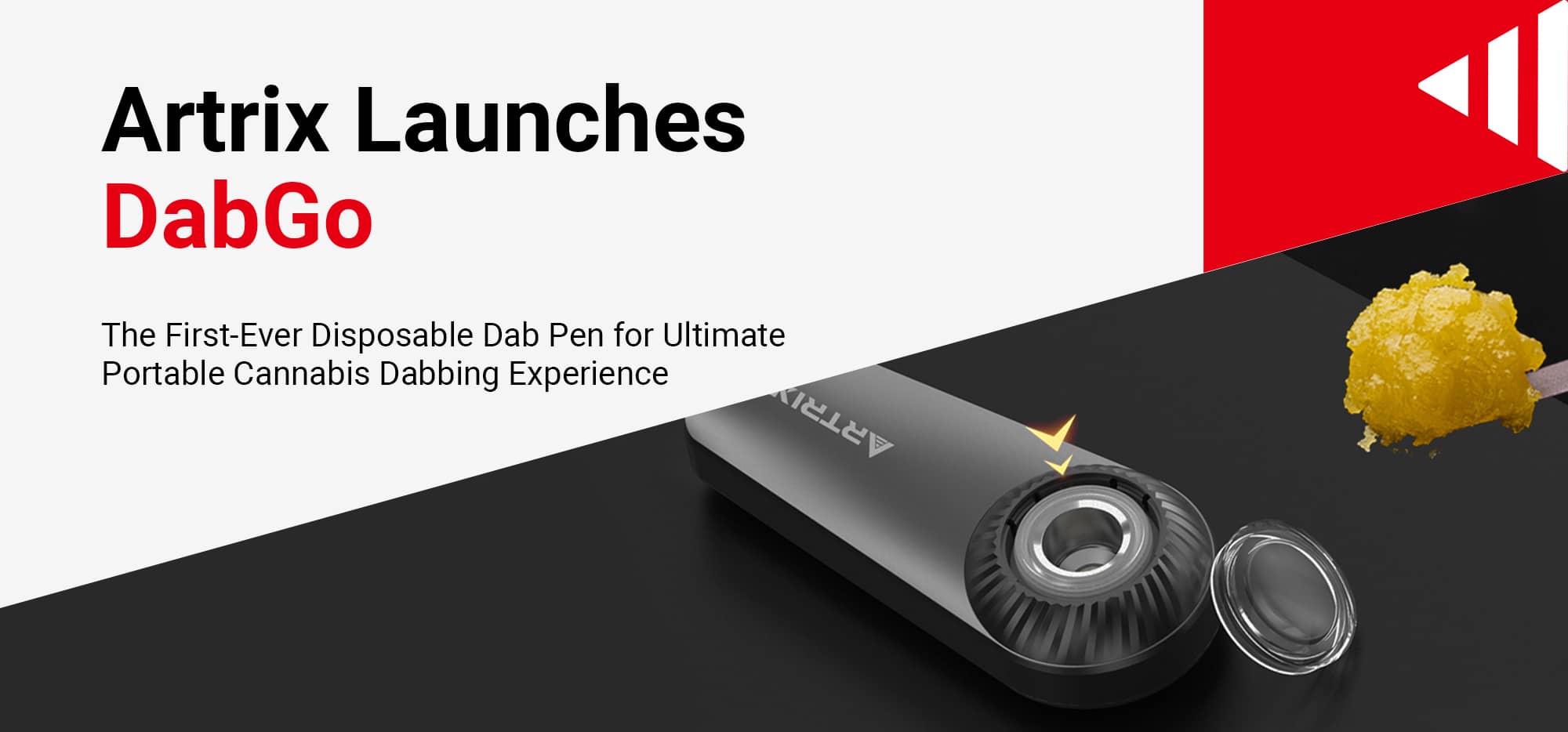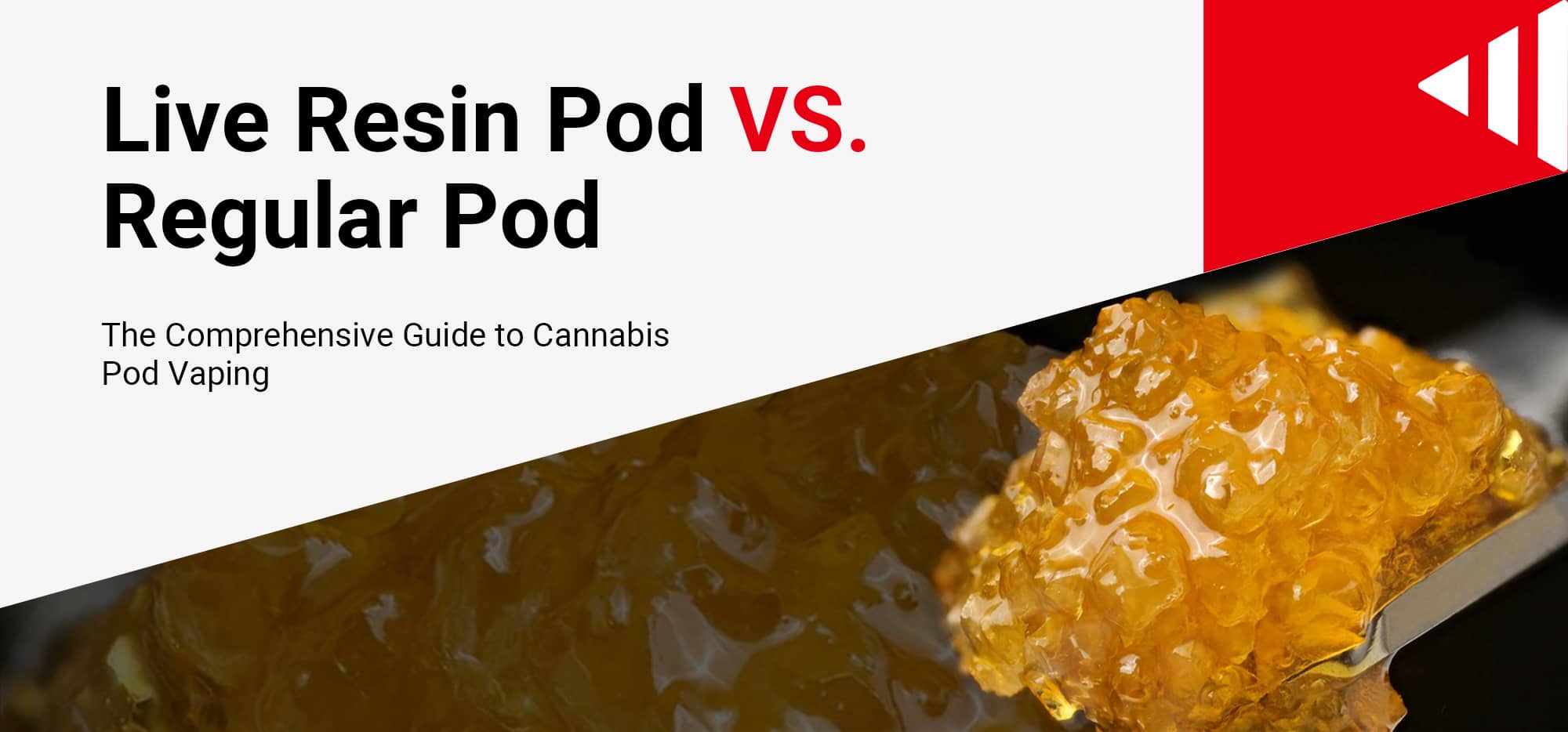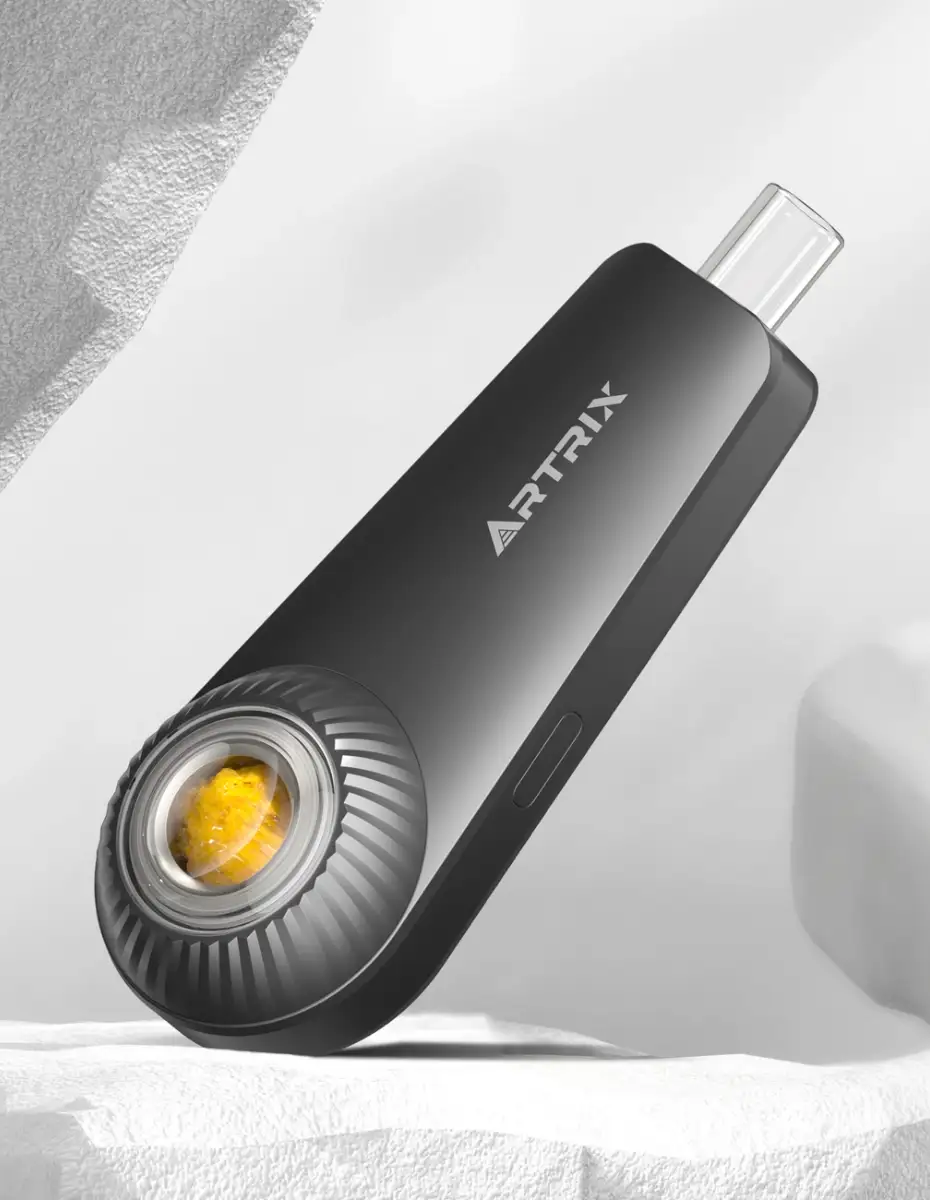Does THCa Show Up on a Drug Test?
Quick answer
THCA itself doesn’t show up on drug tests, but vaping cannabis products containing THCA does.When heated, THCa converts to THC, which will cause a positive result lasting 3-30+ days.
What is THCA?
THCa (tetrahydrocannabinolic acid) is the non-psychoactive precursor to THC found in raw cannabis plants. Unlike THC, THCa doesn’t produce a “high” in its natural state because it hasn’t undergone decarboxylation – the process where heat removes a carboxyl group and transforms THCa into psychoactive THC. This transformation occurs naturally over time or rapidly when cannabis is heated through smoking, vaping, or cooking.
For vape users, this distinction is crucial: your THCa cartridge contains the “inactive” form, but the moment you heat it above approximately 220°F (104°C), you’re converting it to the same THC that appears on drug tests. Many users mistakenly believe THCa products offer a “legal loophole” for drug testing, but the reality is more complex.
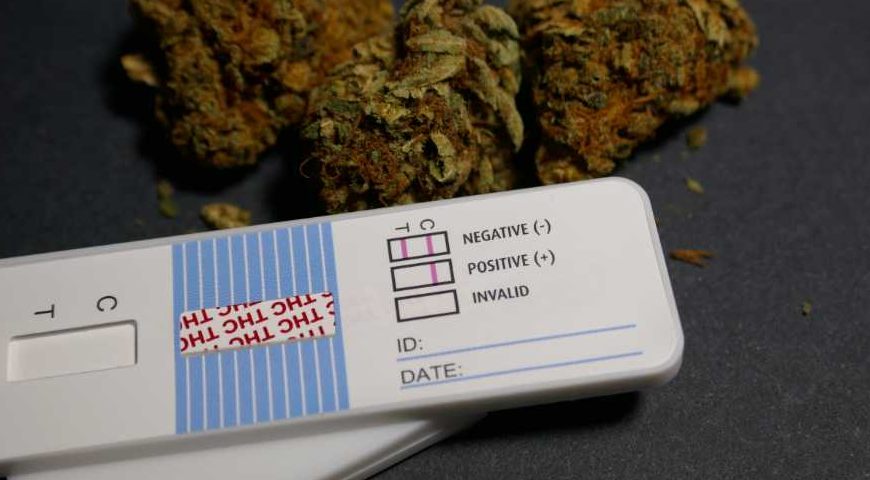
How Drug Testing Works?
Understanding how different drug tests work is essential for anyone using THCa products, especially vape users who regularly convert THCa to THC through heating.
Common Drug Testing Methods
Urine Testing (Most Common – 85% of workplace tests)
Urine tests are the gold standard for drug screening because they’re cost-effective, non-invasive, and have well-established detection windows. These tests detect THC-COOH (11-nor-9-carboxy-THC), the primary metabolite your body produces when processing THC. The standard screening cutoff is 50 ng/mL, with confirmation testing at 15 ng/mL.
Blood Testing (Immediate Detection)
Blood tests detect active THC in your system, making them ideal for determining recent use or impairment. THC typically clears from blood within 3-12 hours for occasional users, but can persist for days in heavy users. They’re often used in legal situations like DUI cases.
Saliva Testing (Growing Popularity)
Saliva tests are gaining traction because they’re non-invasive and detect recent use (typically 1-3 days). They primarily detect THC rather than metabolites. The shorter detection window might seem favorable, but the test can easily detect THC created from vaping THCa within hours of use.
Hair Testing (Longest Detection Window)
Hair follicle tests can detect drug use for up to 90 days, requiring about 1.5 inches of hair. They can’t detect very recent use (within 7 days) but create a detailed 90-day record of usage patterns, making them particularly challenging for regular THCa vape users.
What Drug Tests Actually Detect?
No standard drug test looks for THCa itself – they’re designed to detect THC and its metabolites, which are identical whether they originated from traditional marijuana or heated THCa products.
Primary Detection Targets:
- THC (Delta-9-tetrahydrocannabinol): The psychoactive compound your body recognizes
- THC-COOH: The primary metabolite stored in fat cells and eliminated through urine
- 11-OH-THC: An active metabolite that contributes to psychoactive effects
Detection Windows for Different Cannabis Compounds
Occasional Use (1-3 times per week):
Urine: 3-7 days | Blood: 3-12 hours | Saliva: 1-3 days | Hair: Up to 90 days
Regular Use (4+ times per week):
Urine: 1-3 weeks | Blood: 1-7 days | Saliva: 1-7 days | Hair: Up to 90 days
Heavy Use (Daily):
Urine: 1-6+ weeks | Blood: 1-7+ days | Saliva: 1-7+ days | Hair: Up to 90 days
Key Factors Affecting Detection
- Body fat percentage plays a crucial role because THC metabolites are fat-soluble and stored in fatty tissues.
- Metabolism speed, age, exercise habits, and hydration levels all influence elimination rates.
- Product potency and vaping temperature also affect how much THCa converts to THC per session.
THCa Metabolism and Detection in the Body
How Your Body Processes THCa
When you vape THCA, heat instantly converts it to THC before entering your lungs. This THC absorbs rapidly through alveoli into your bloodstream, reaching peak concentrations within 3-10 minutes. Your liver then metabolizes THC through two phases: first to 11-OH-THC (still psychoactive), then to THC-COOH—the metabolite drug tests detect.
Unlike edibles that undergo first-pass liver metabolism, vaped THC enters circulation directly, creating higher initial blood levels but faster clearance. This explains vaping’s quick onset but shorter duration. The process is identical whether THC originated from THCA, delta-9, or other variants—your body can’t distinguish between sources.
How Long does THCA Stay in Your System
THC-COOH forms within hours and persists far longer than THC itself. While THC clears blood within hours, THC-COOH accumulates in fat tissue, creating a slowly-releasing reservoir. Elimination follows two phases: 80-90% clears within 5 days (65% feces, 35% urine), but the remaining amount releases gradually over weeks.
Vaping’s high bioavailability (30-40%) means more metabolites form compared to other methods. Daily users face accumulation where new metabolites add faster than old ones clear, extending detection windows to 30-45 days or longer.
THCa and Drug Test Results
Understanding False Positives and False Negatives
True false positives for THC are rare with modern testing. CBD products were once blamed, but research shows pure CBD doesn’t trigger THC-positive results. However, many “THCA” or “CBD” products contain enough THC to cause genuine positive results—these aren’t false positives but accurate detection of THC metabolites.
False negatives occur more frequently, especially with dilute samples or when testing occurs during the brief window between use and metabolite formation. For THCA vape users, the rapid metabolism means metabolites appear in urine within 2-4 hours, closing this window quickly.
The “cannabinoid cycling” phenomenon—where metabolite levels fluctuate daily—can cause inconsistent results. Users might pass a home test one day and fail the next due to metabolite release from fat stores. This unpredictability makes THCA products particularly risky for those subject to random testing.
Variables That Affect Drug Test Outcomes
- Genetics play a surprising role in THC metabolism and detection. Variations in CYP2C9 and CYP3A4 enzymes can create 3-fold differences in metabolism speed between individuals. Approximately 20% of people are “slow meotabolizers” who may test positive 2-3 times longer than average, regardless of usage patterns.
- Age significantly impacts clearance rates. Users under 25 typically eliminate metabolites 25-40% faster than those over 40 due to higher metabolic rates and lower body fat.
- Gender differences also matter—women generally have higher body fat percentages and may experience hormonal fluctuations that affect metabolism, potentially extending detection windows by 20-30%.
- Medical conditions influence outcomes dramatically. Liver dysfunction slows metabolite processing, while kidney issues affect elimination. Diabetes and thyroid disorders alter metabolism speed.
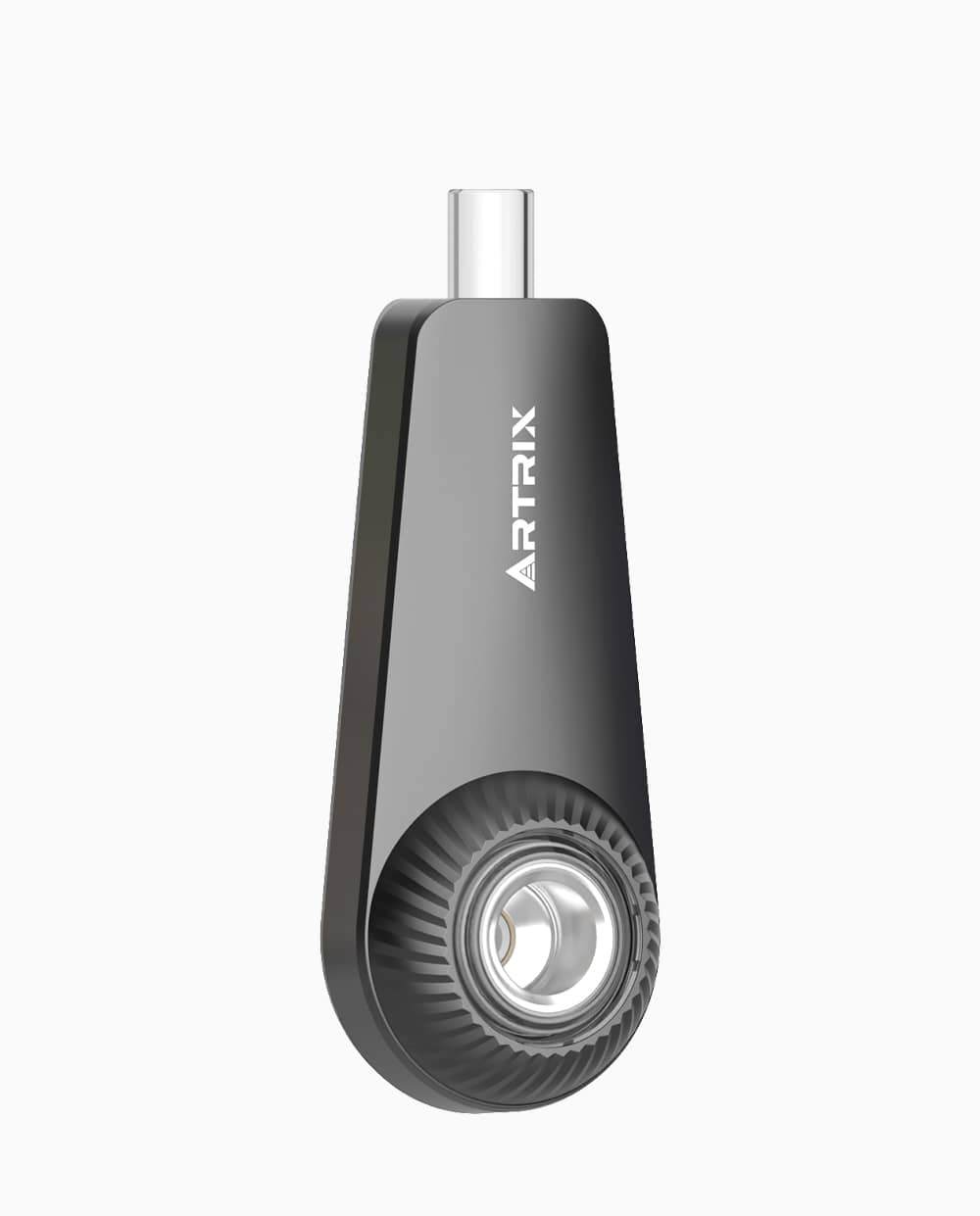
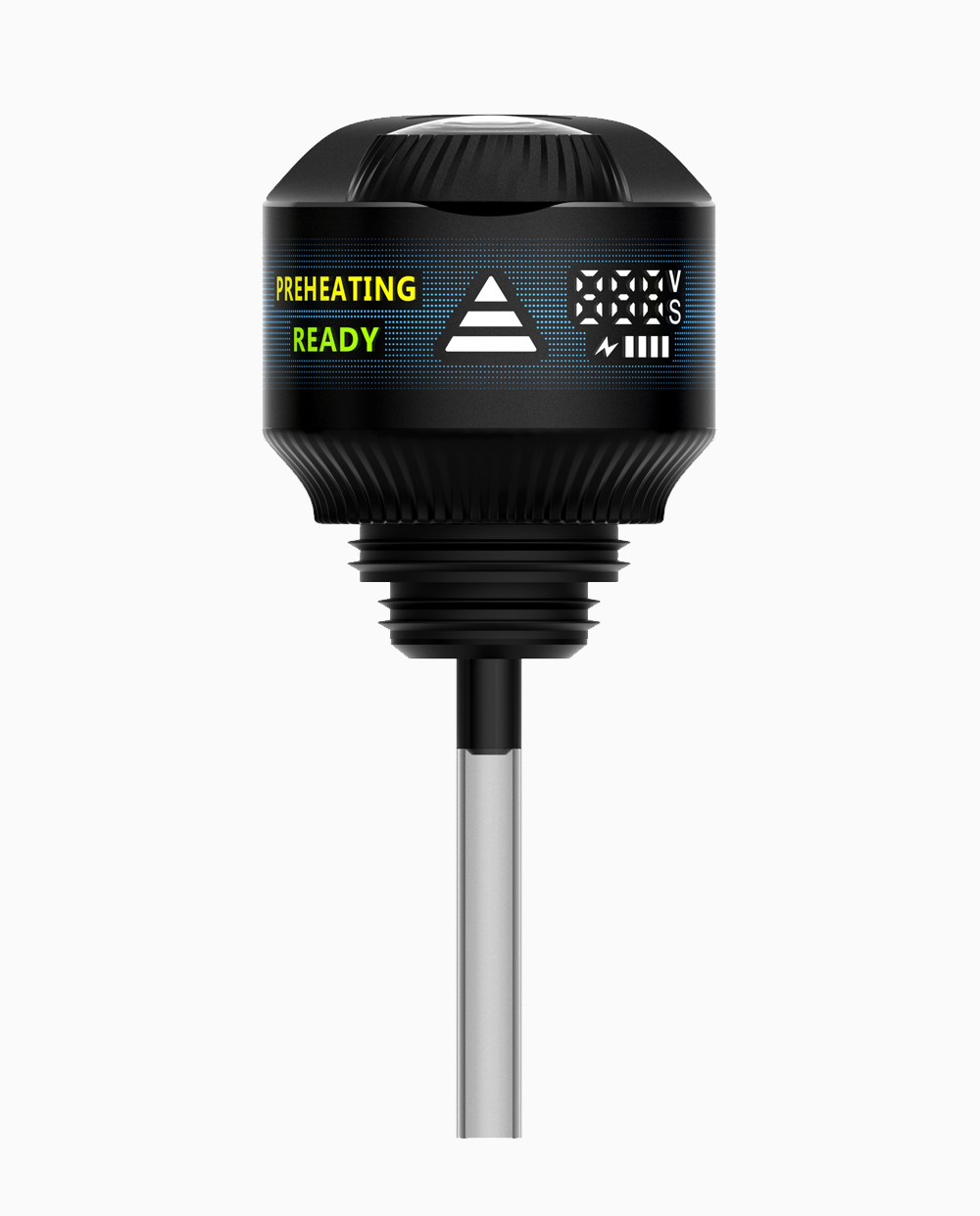

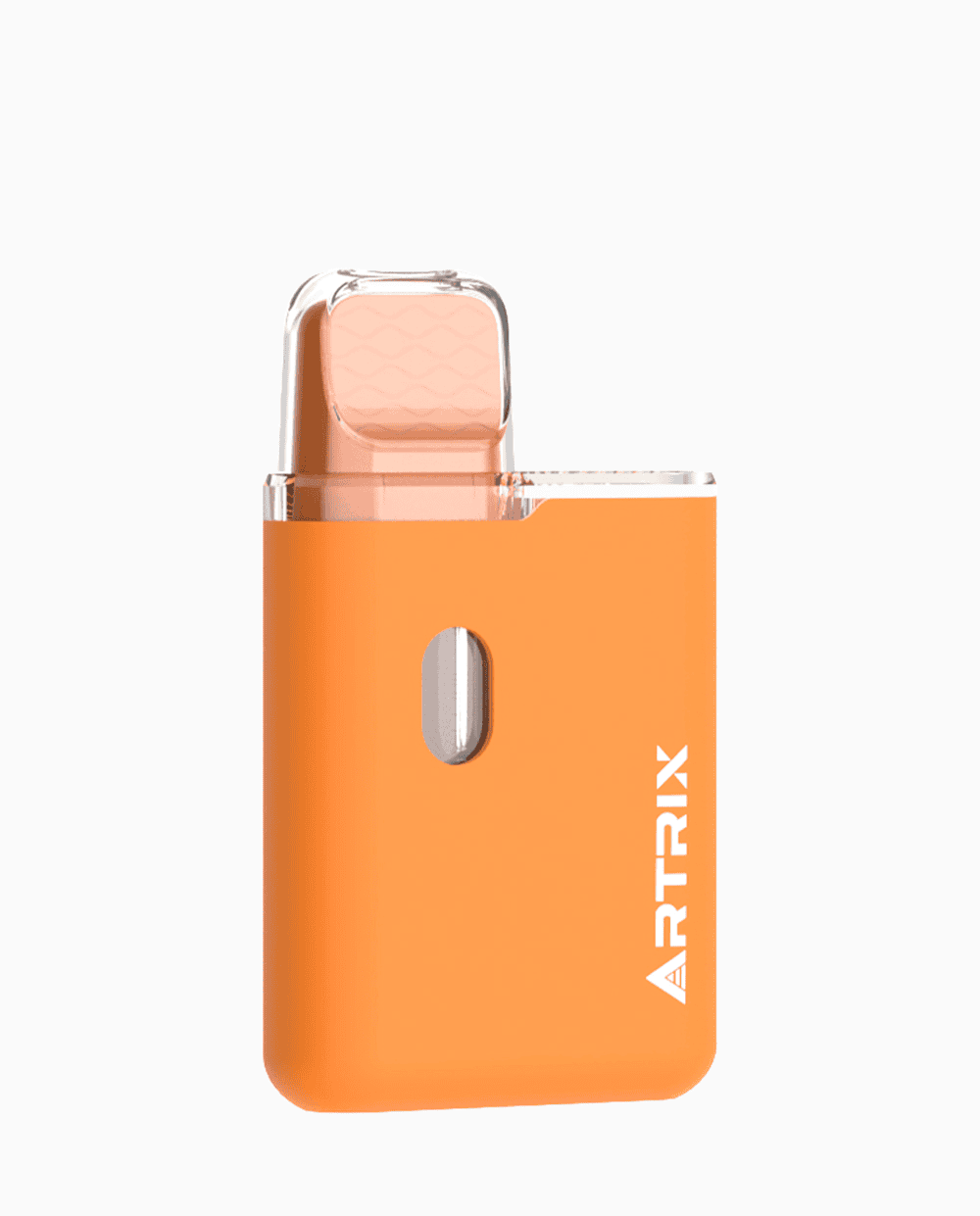
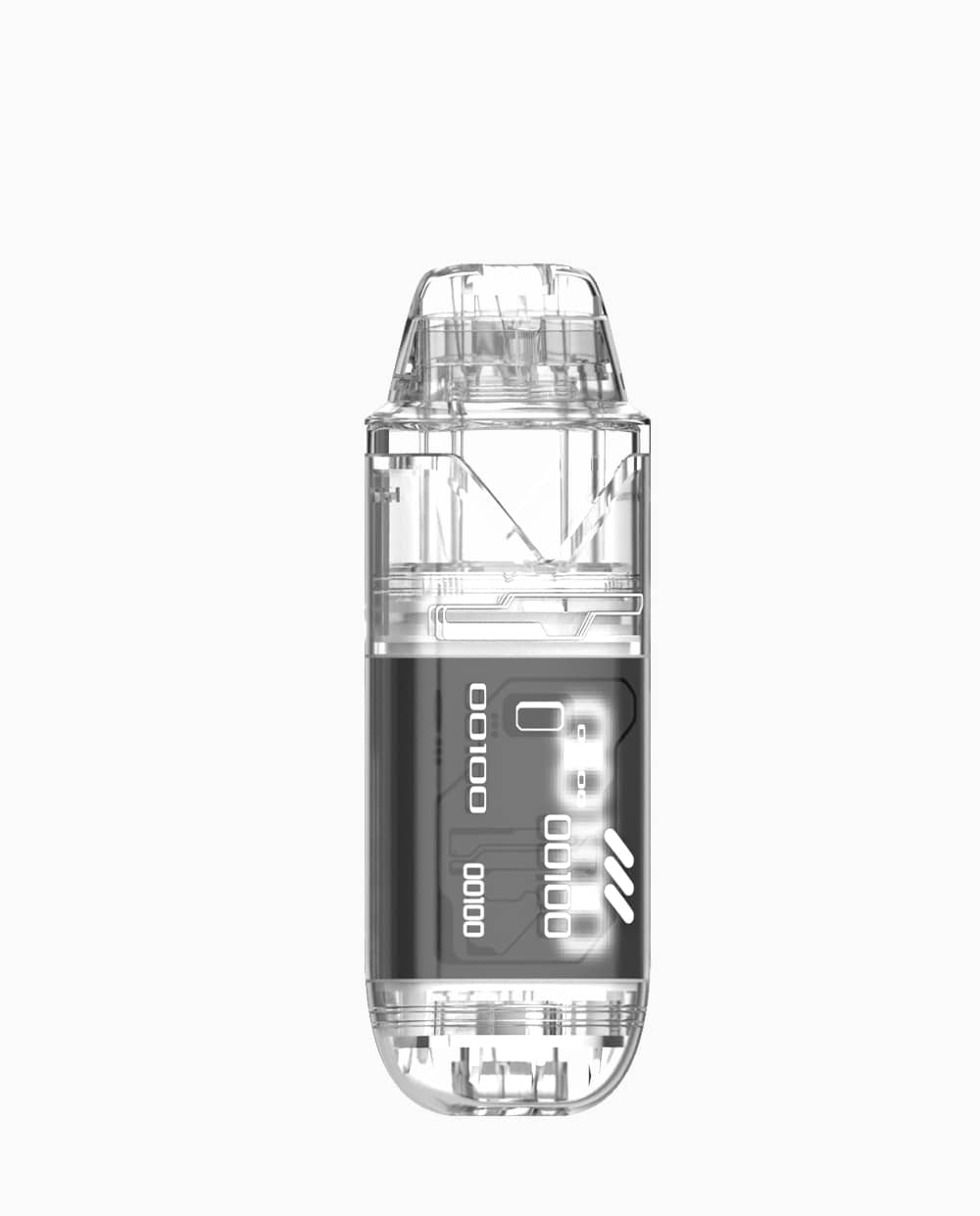
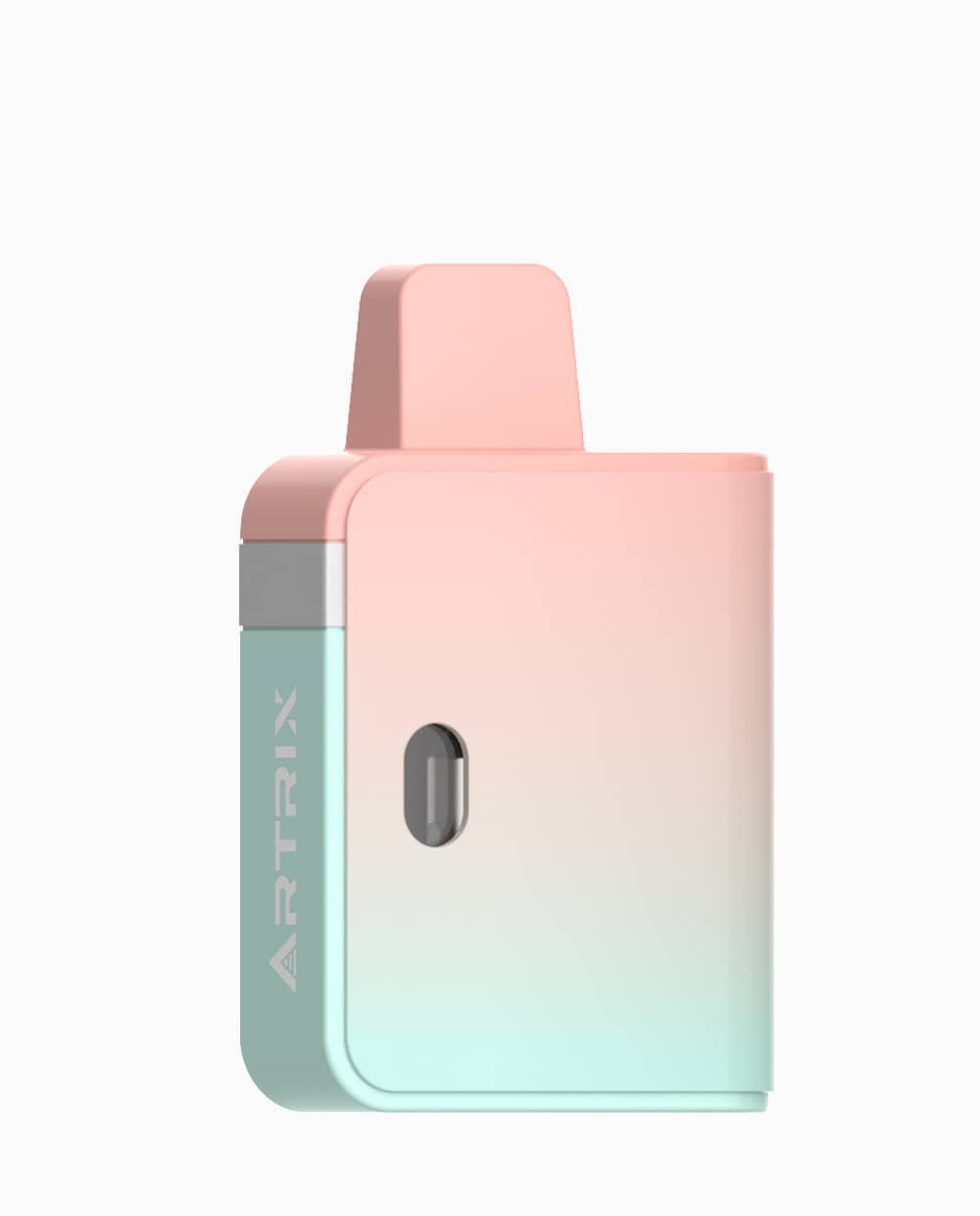
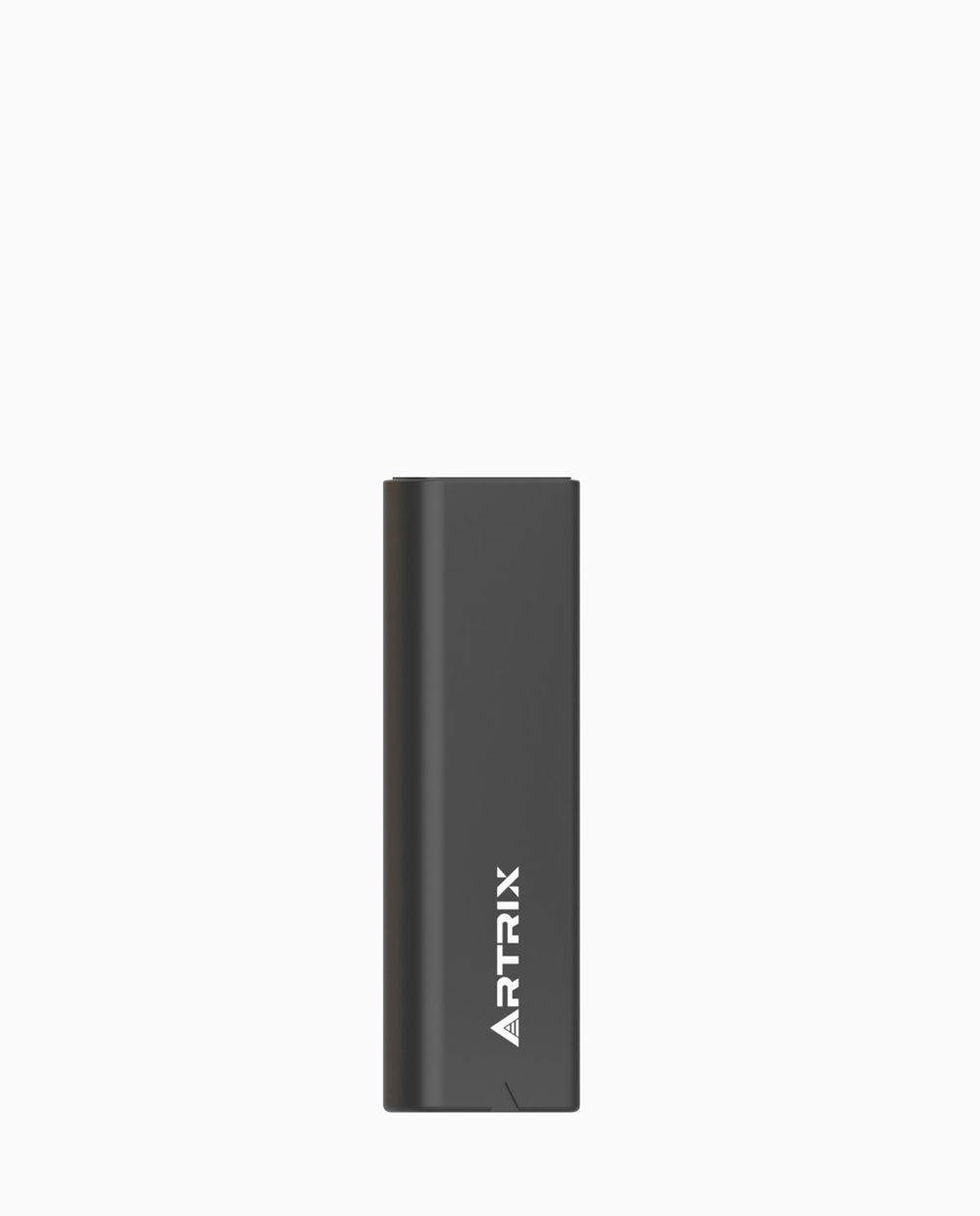
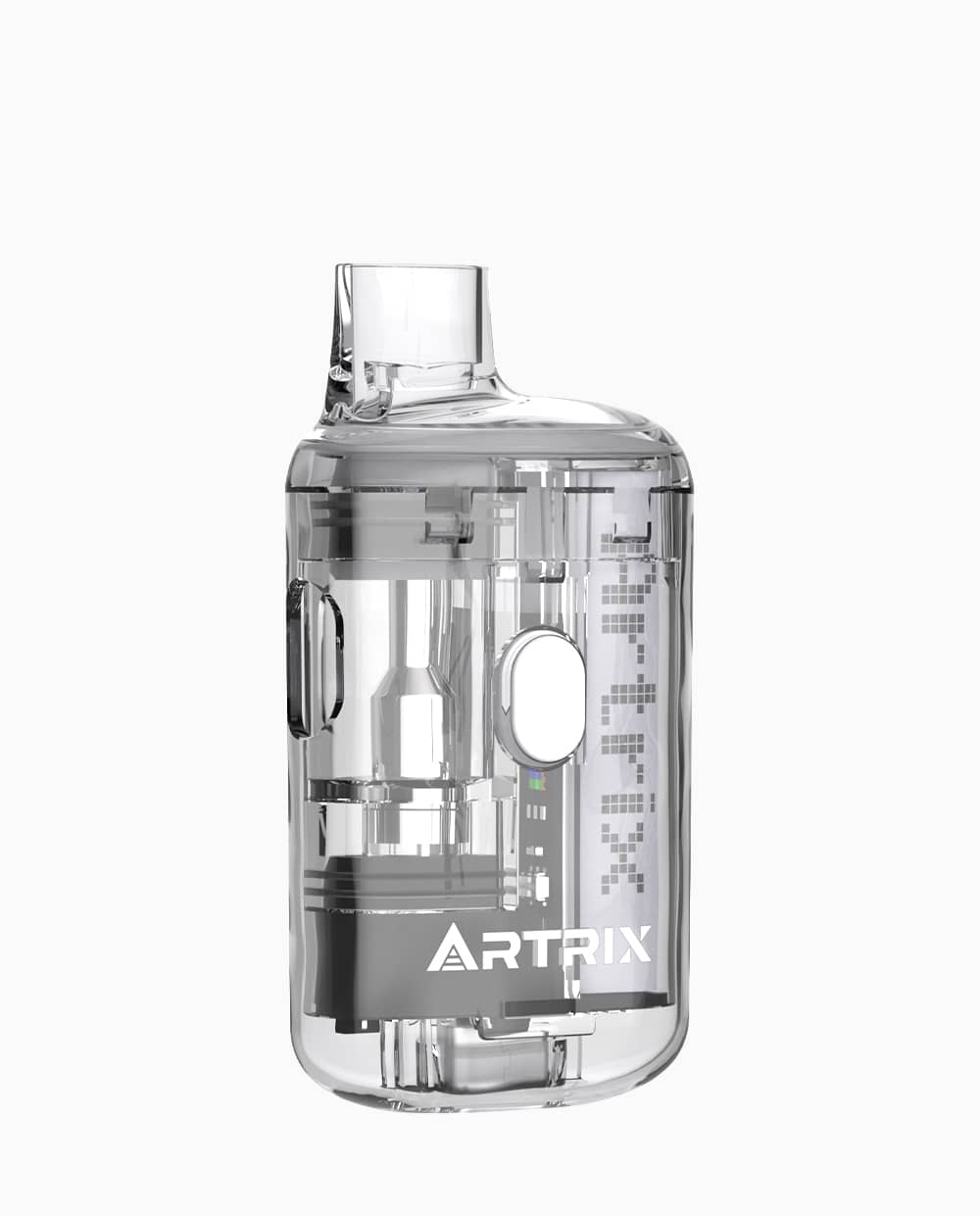
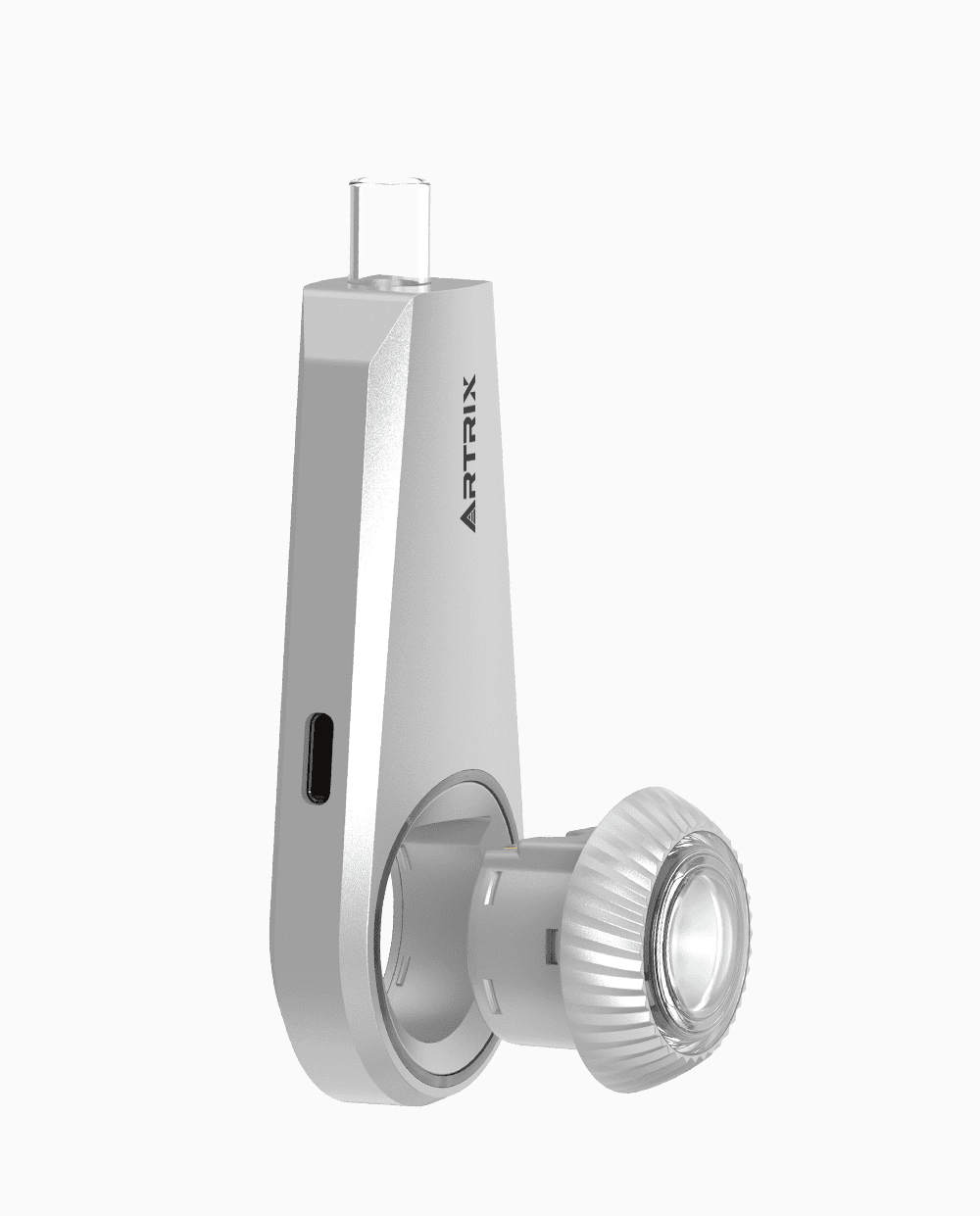
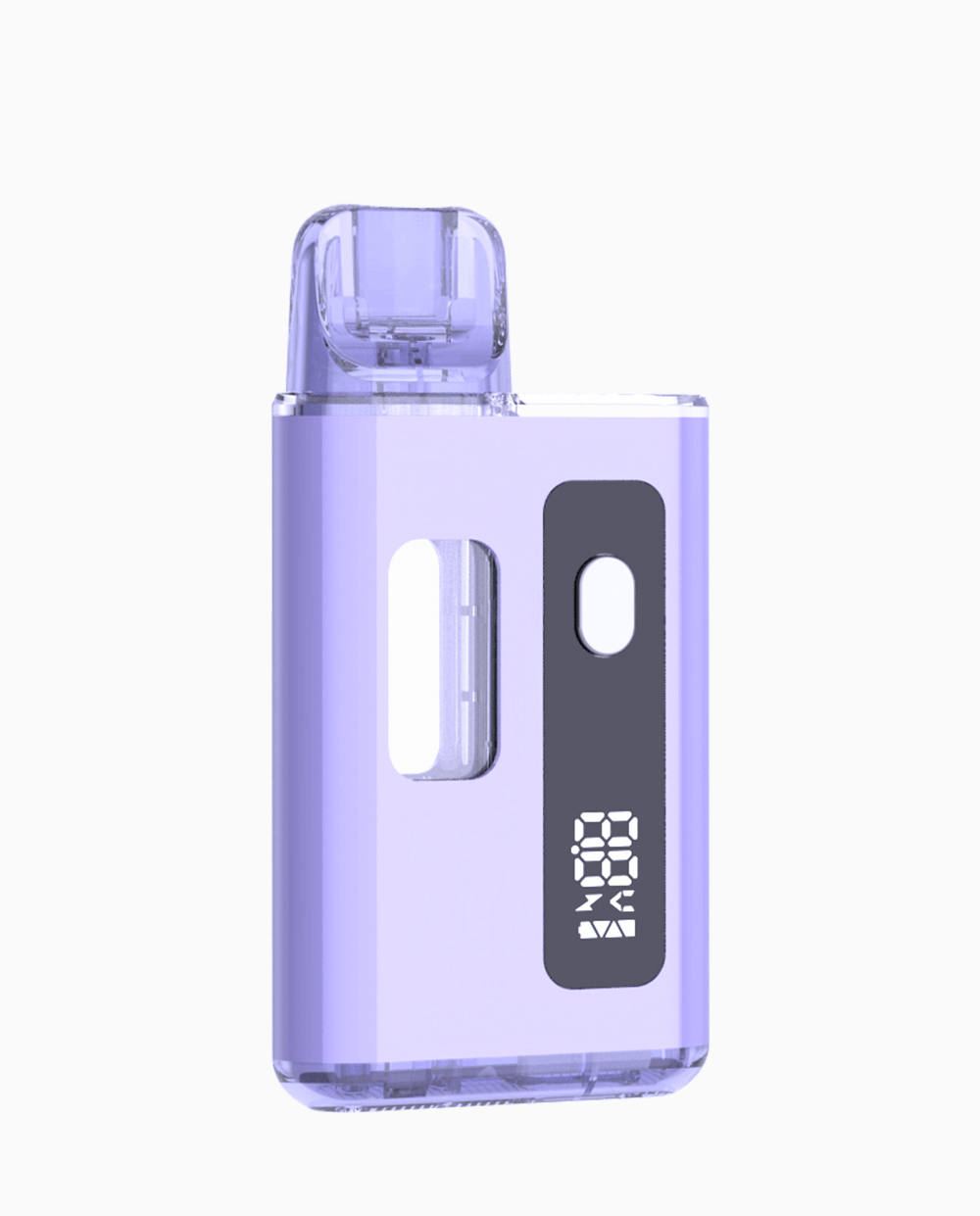
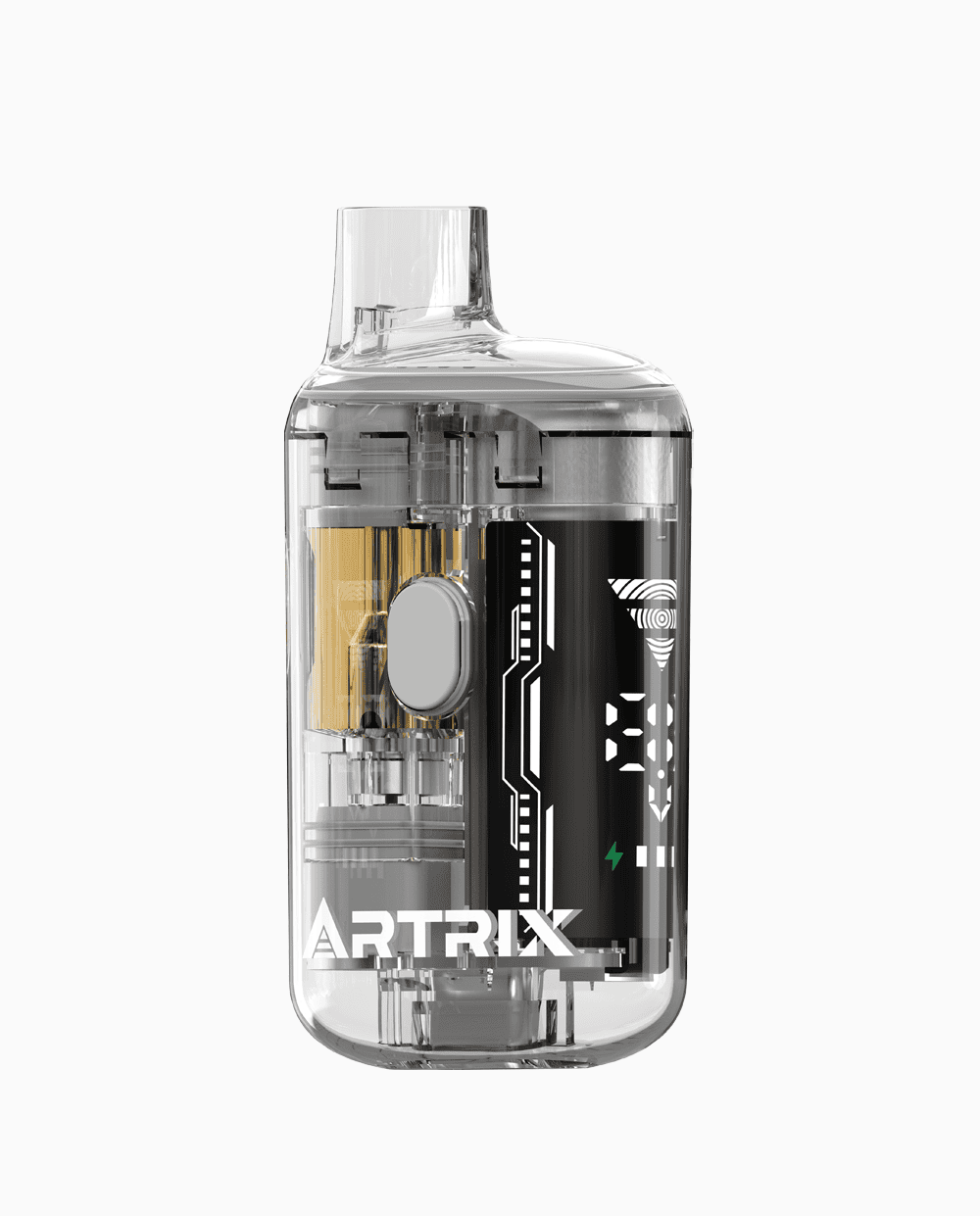
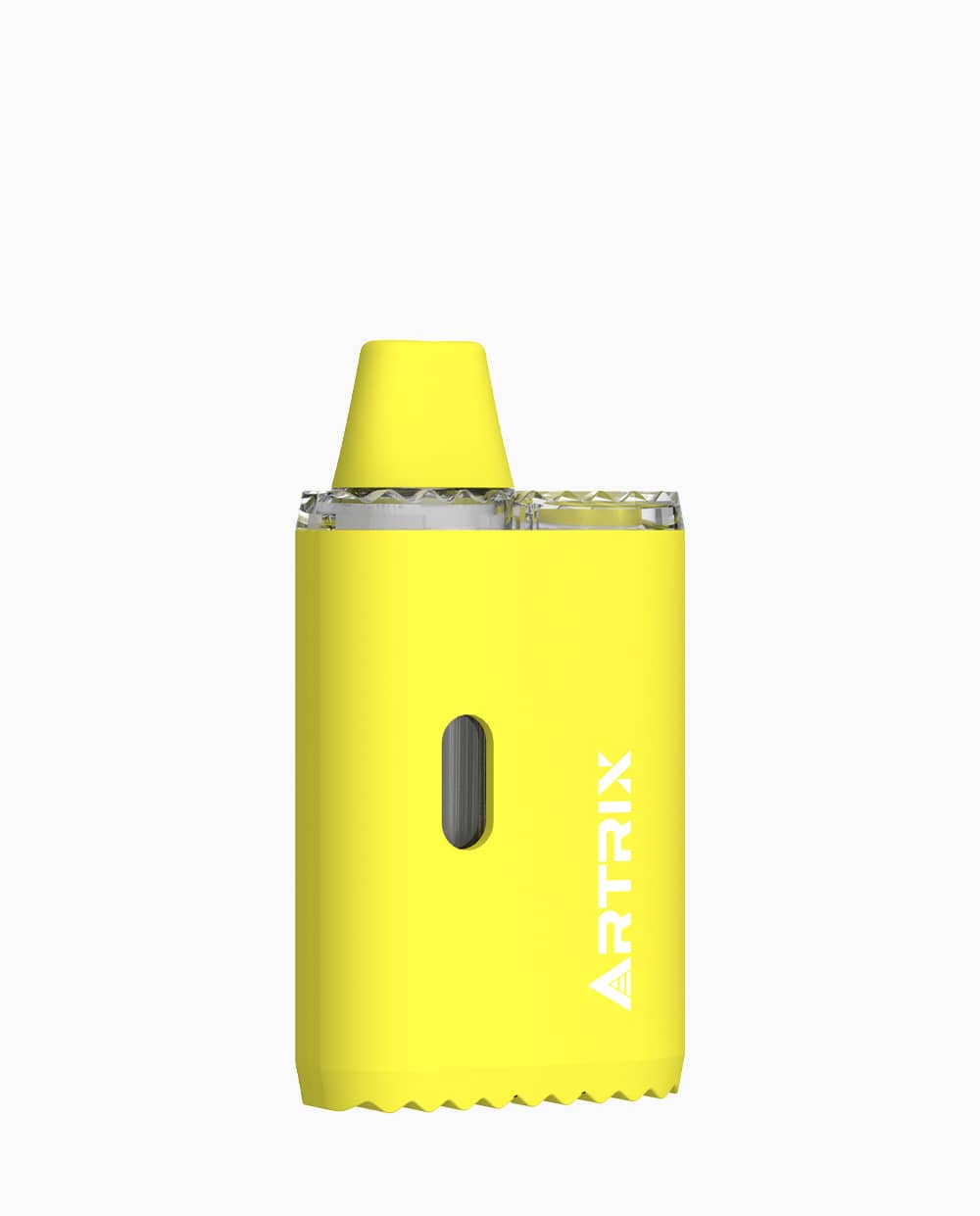
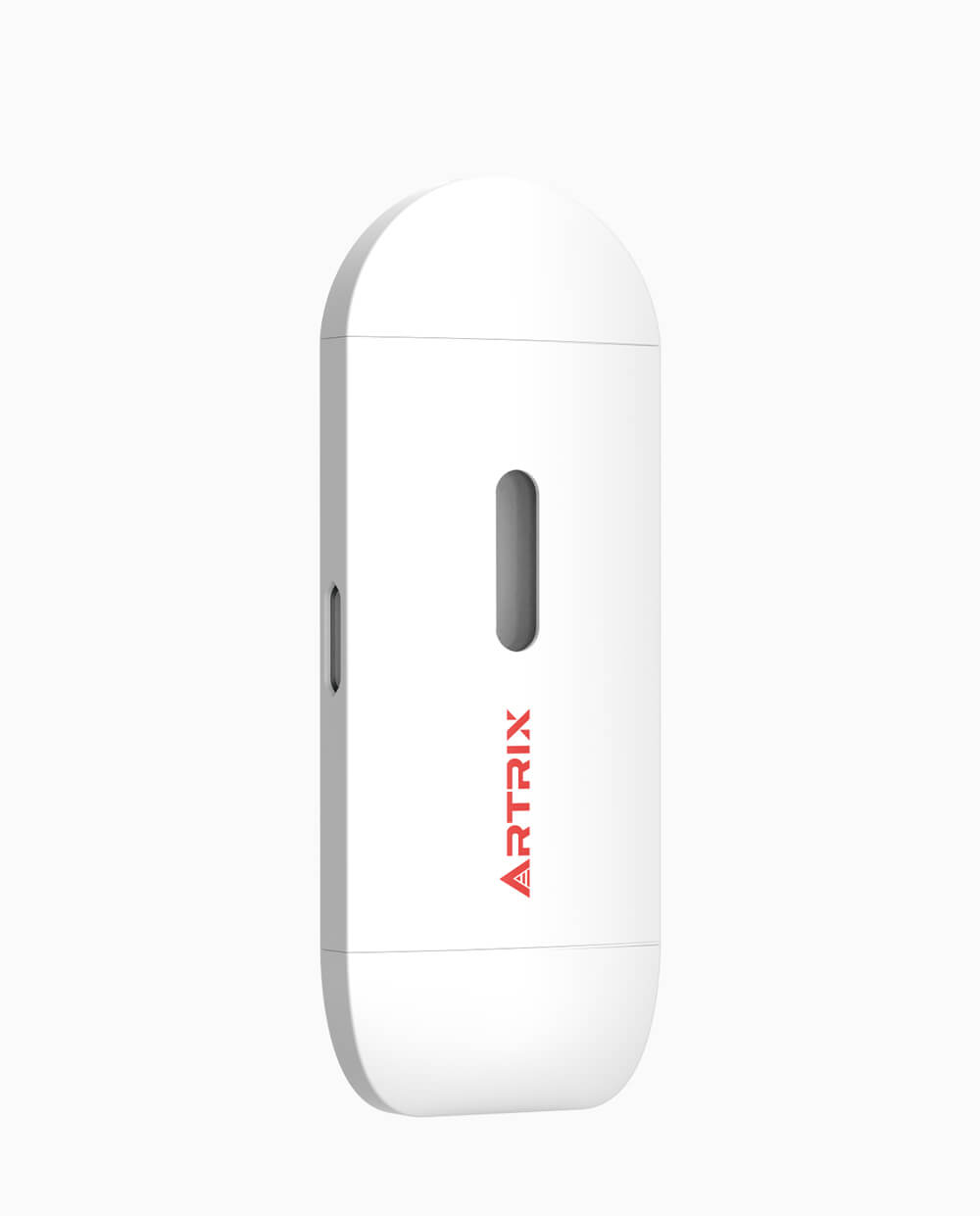
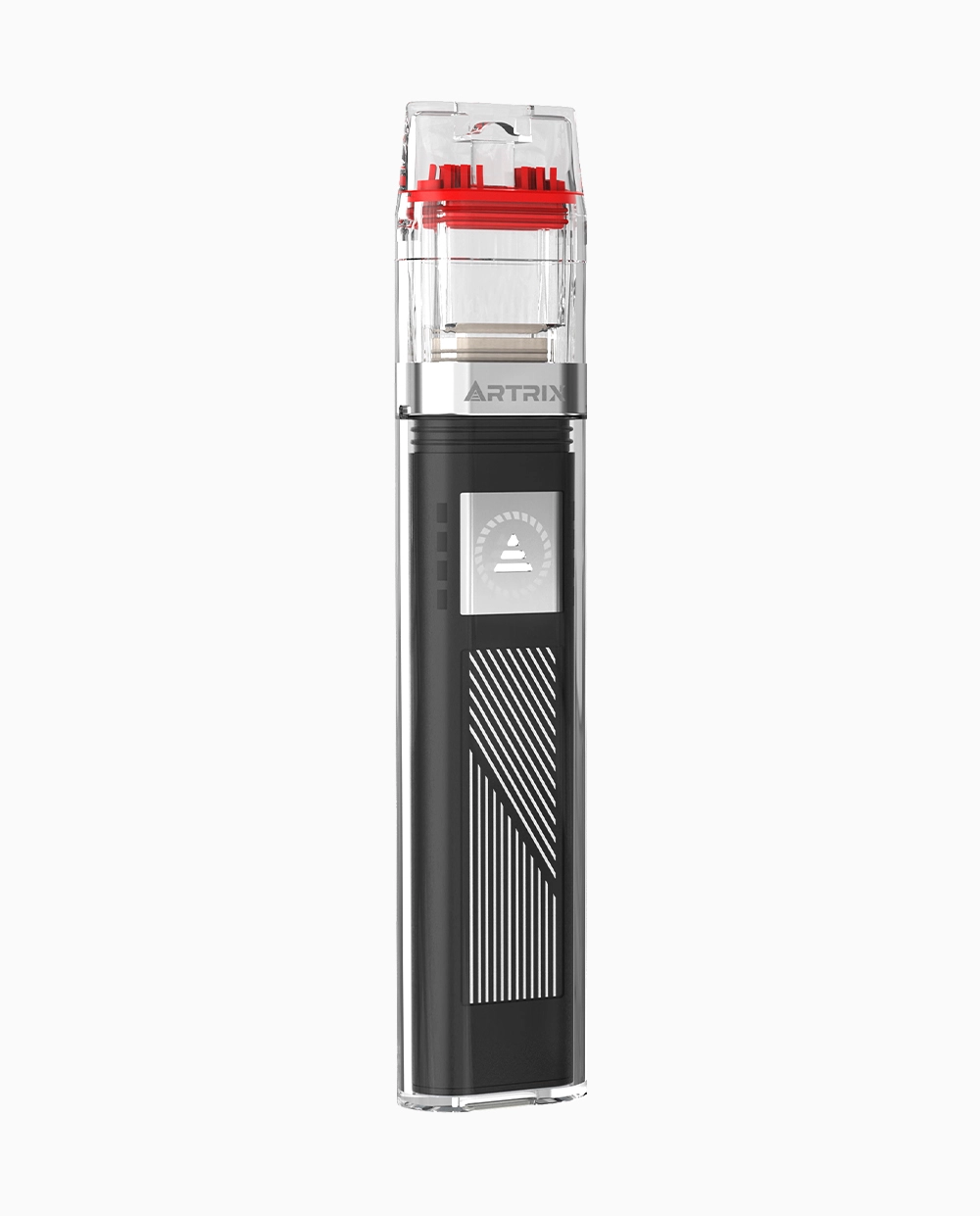
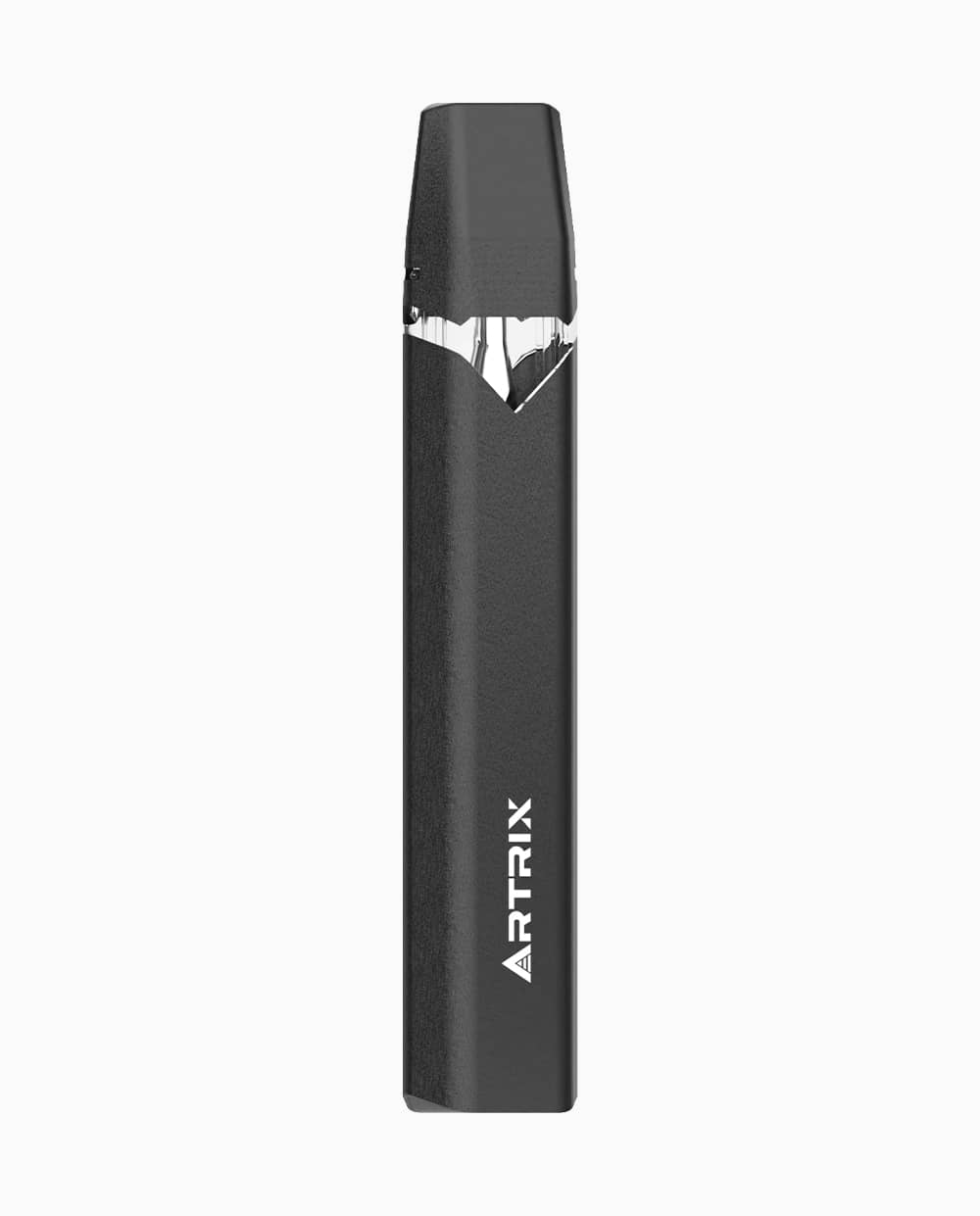
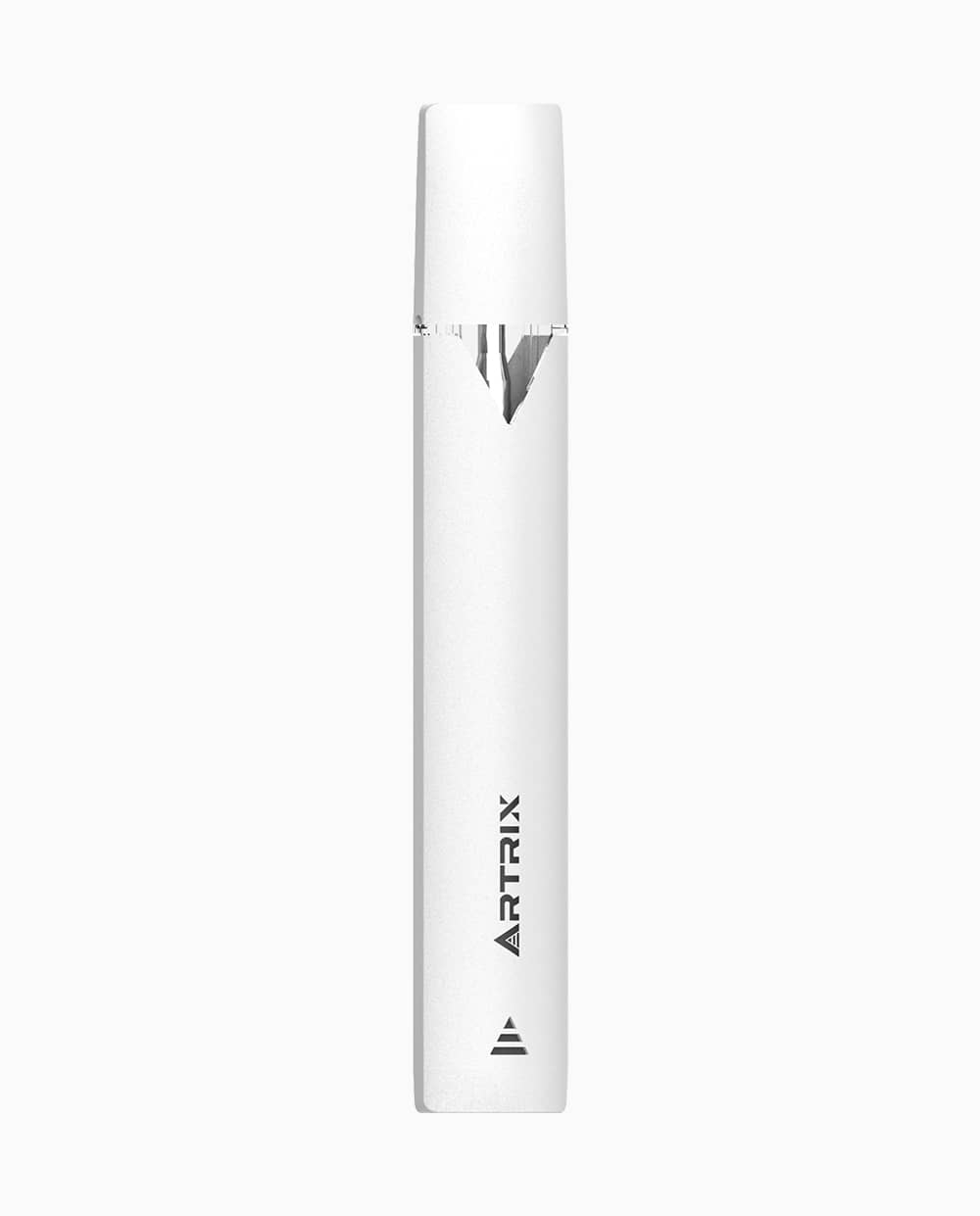

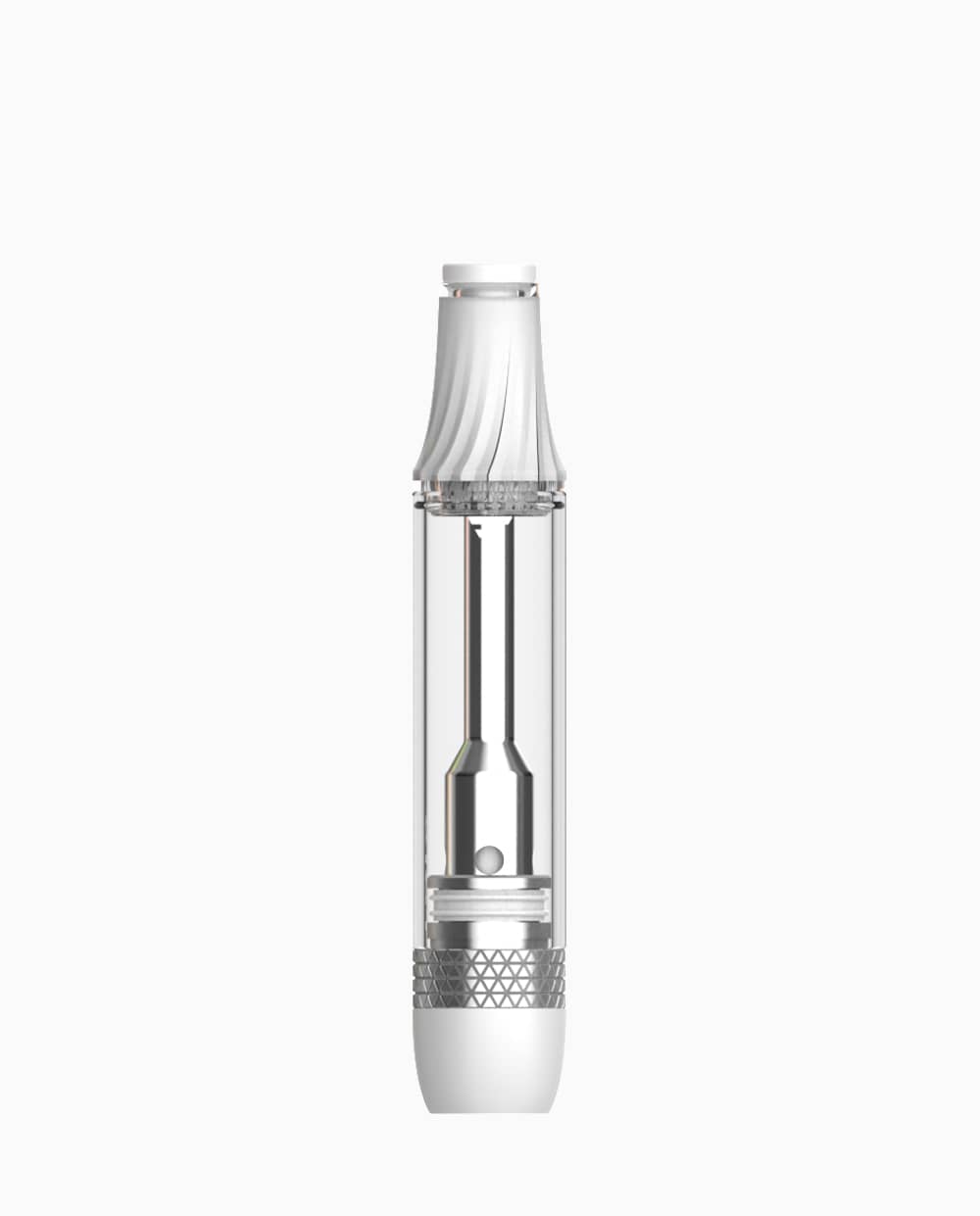
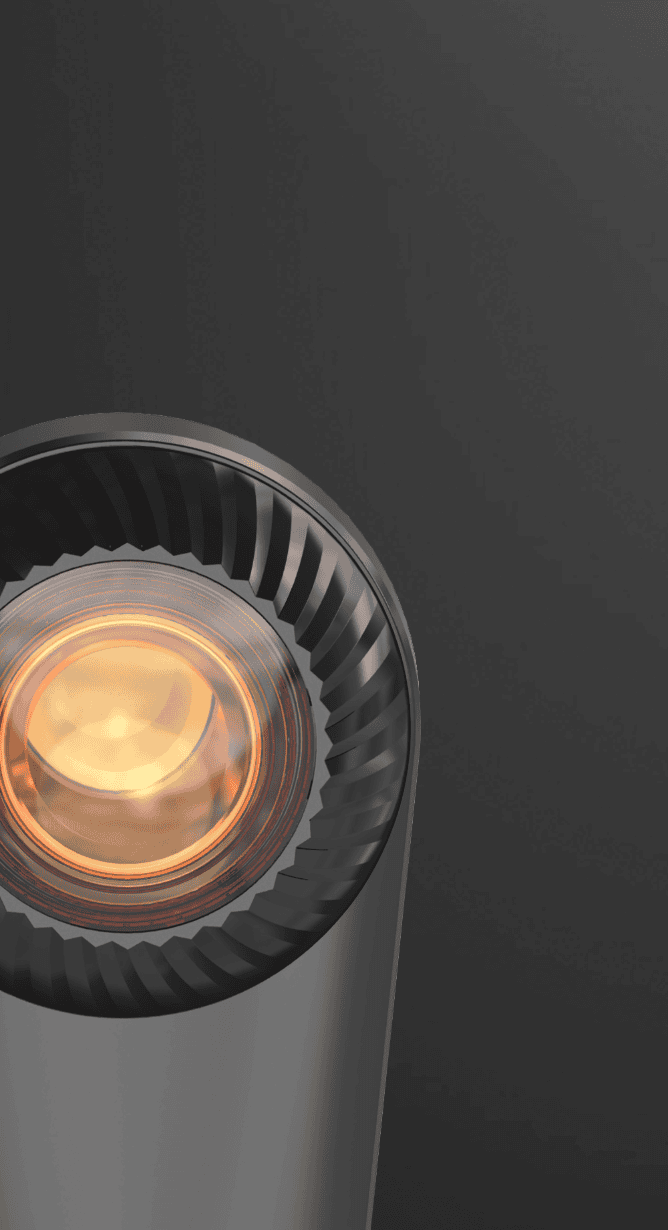
-1.webp)
-1.webp)
-2.webp)
